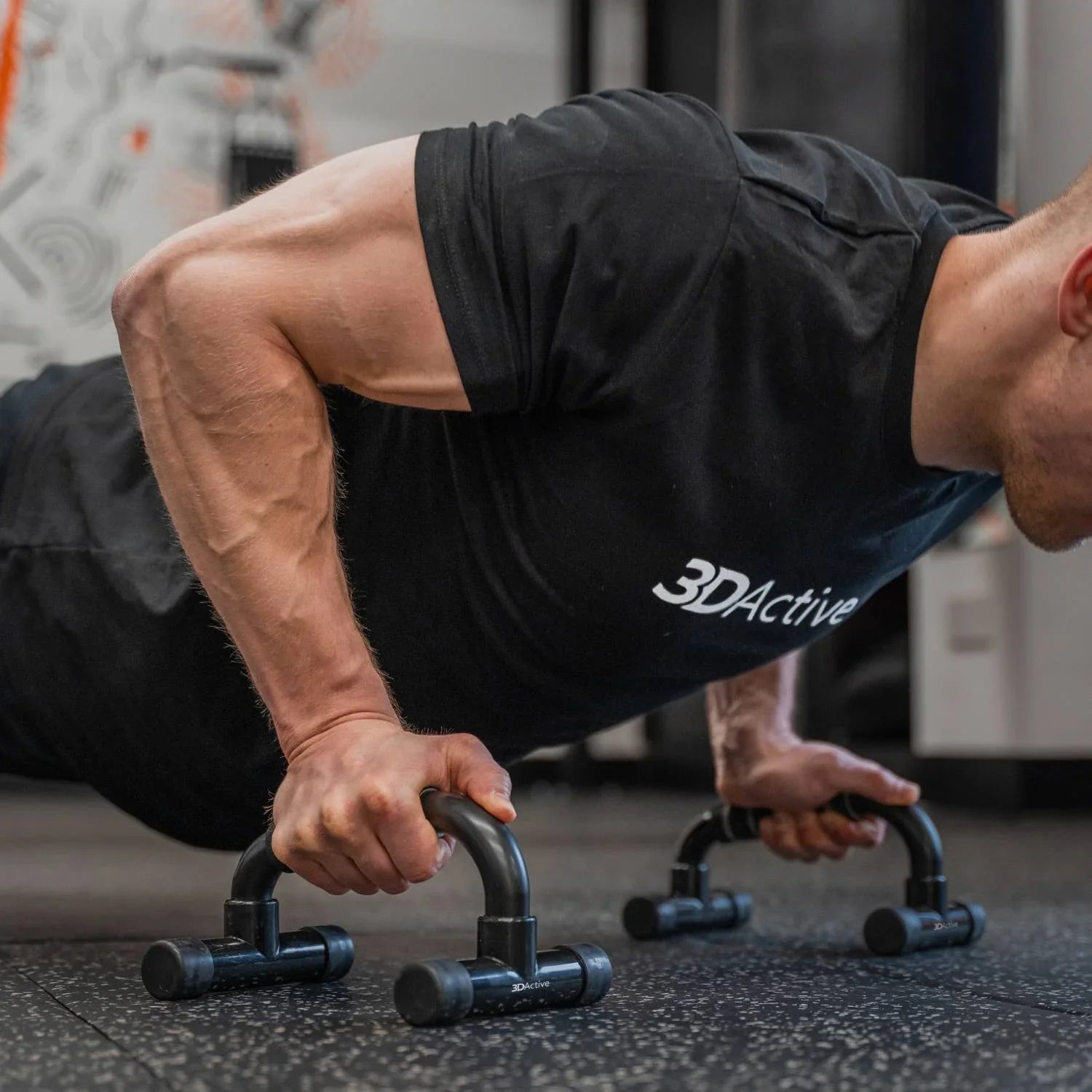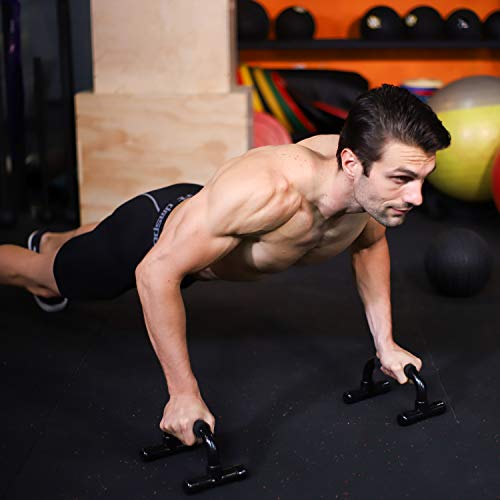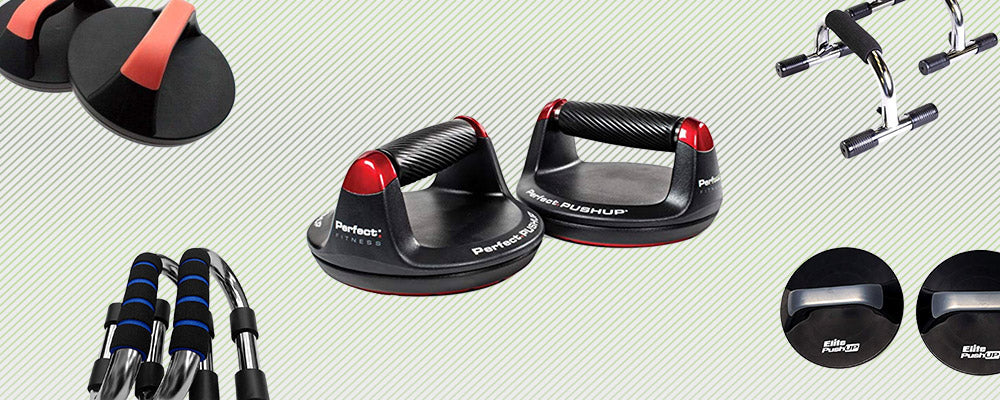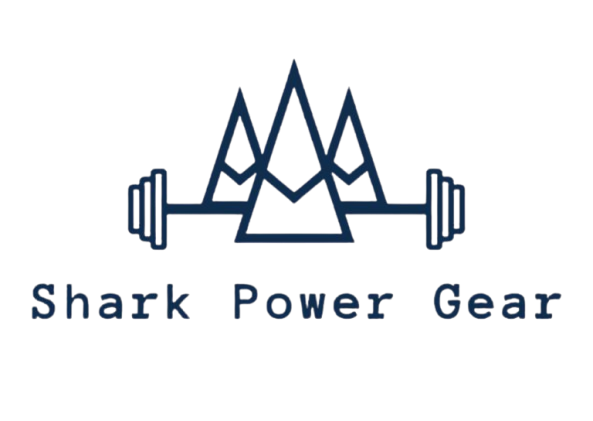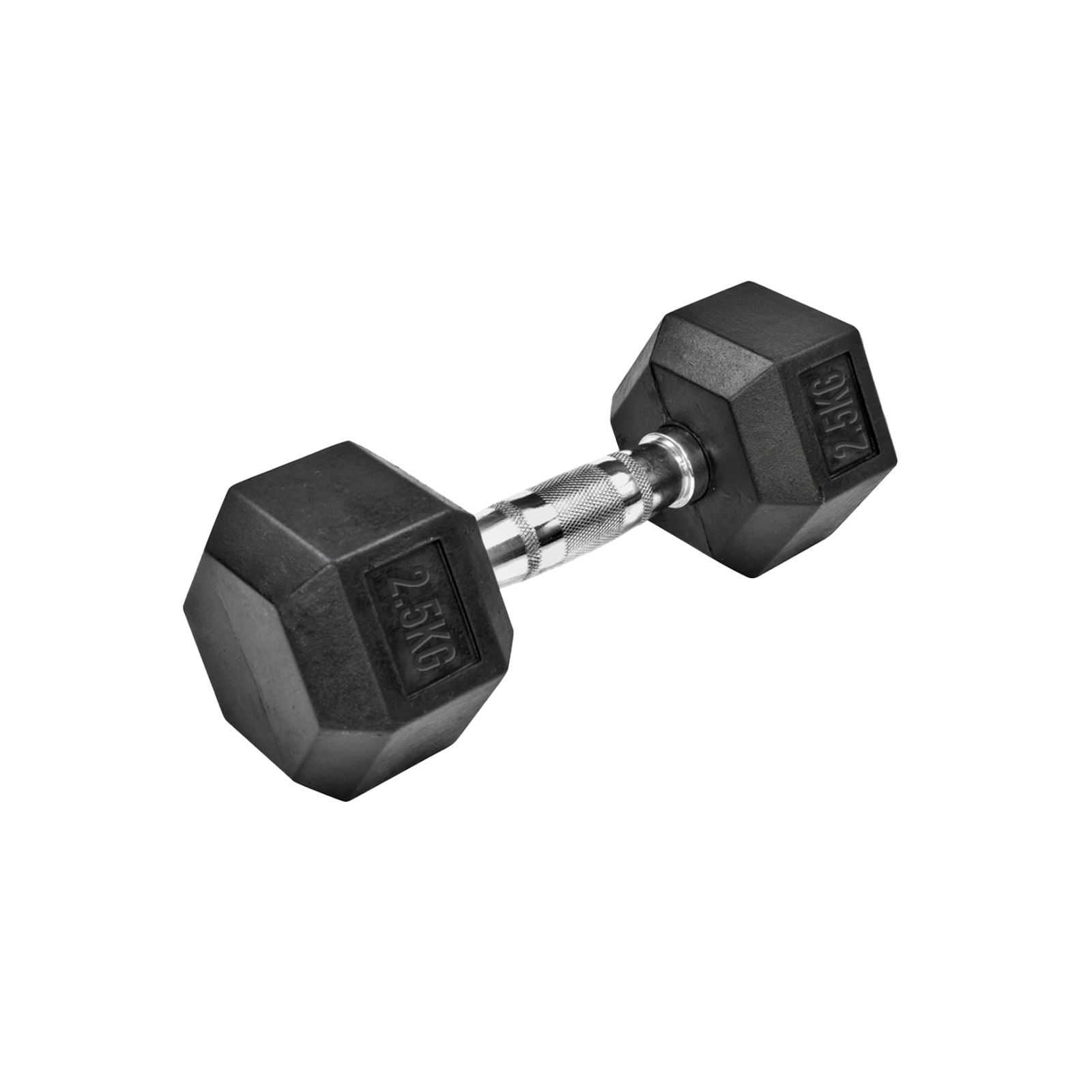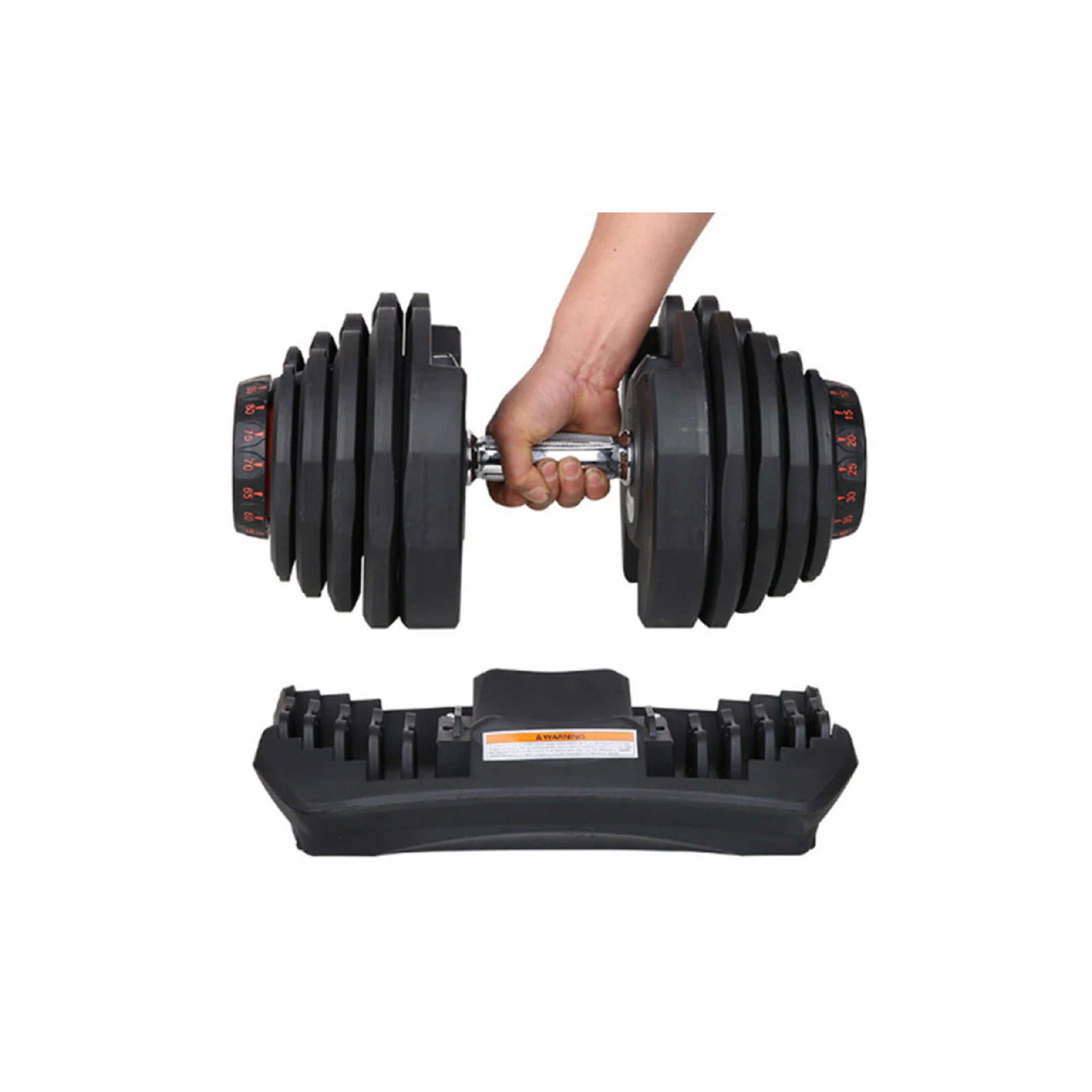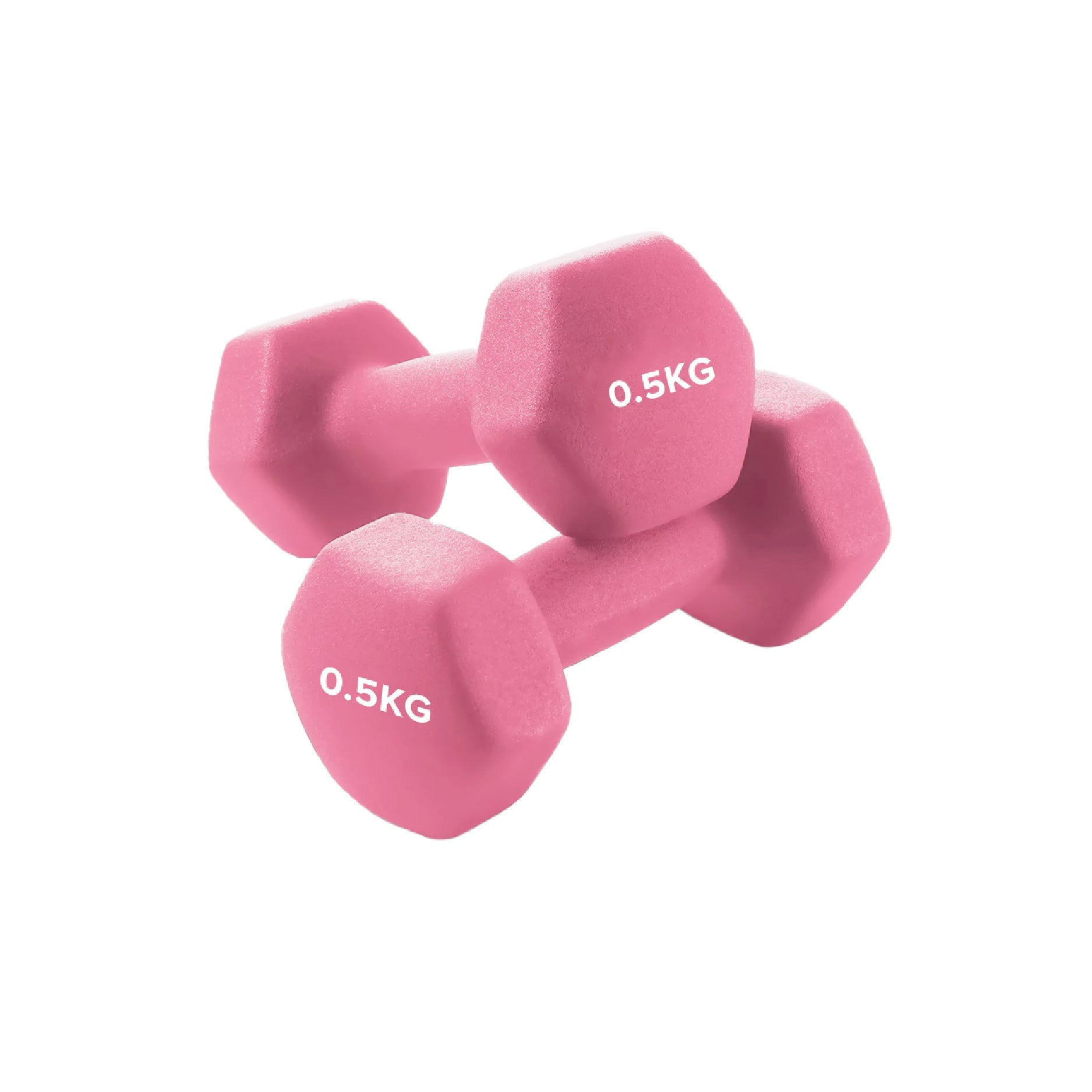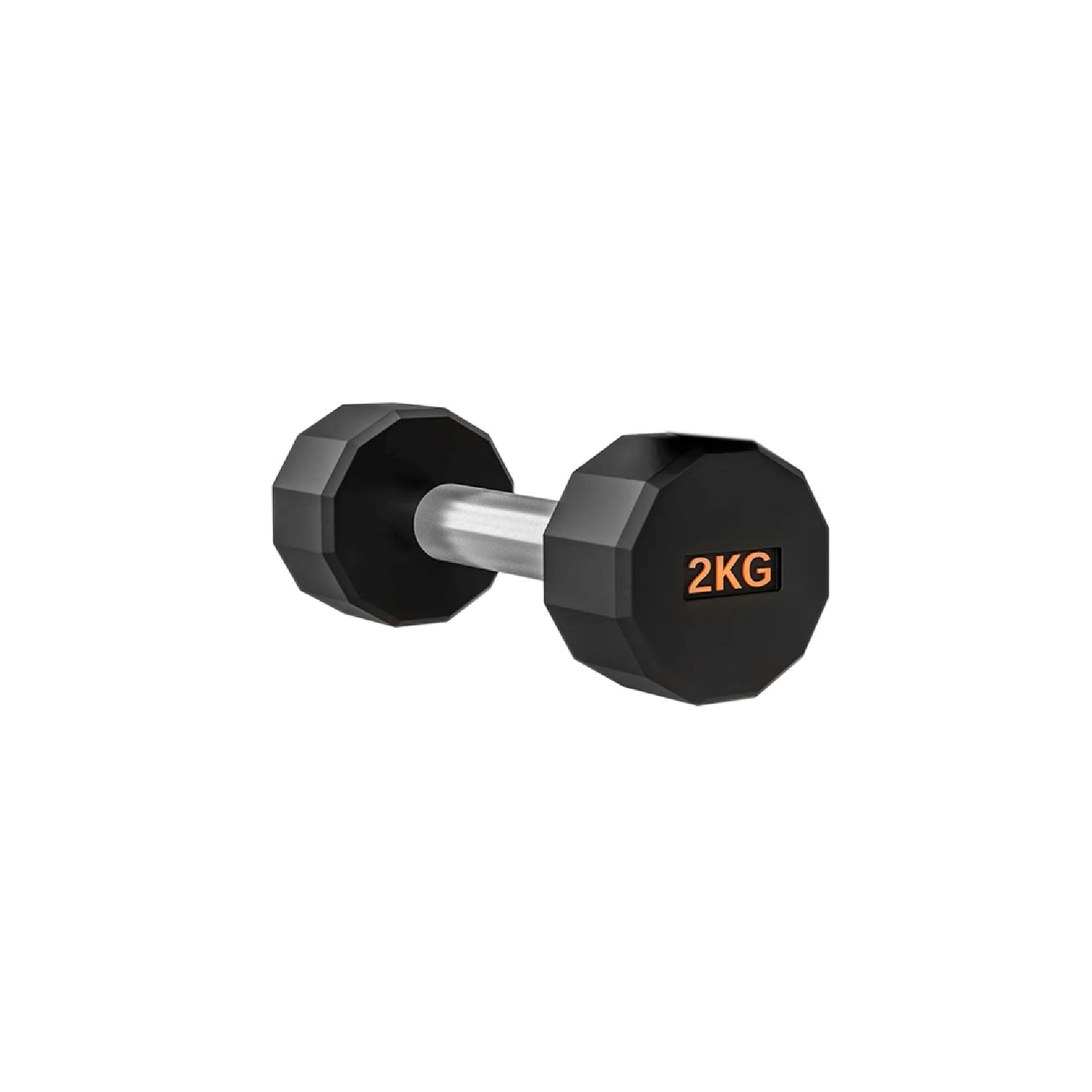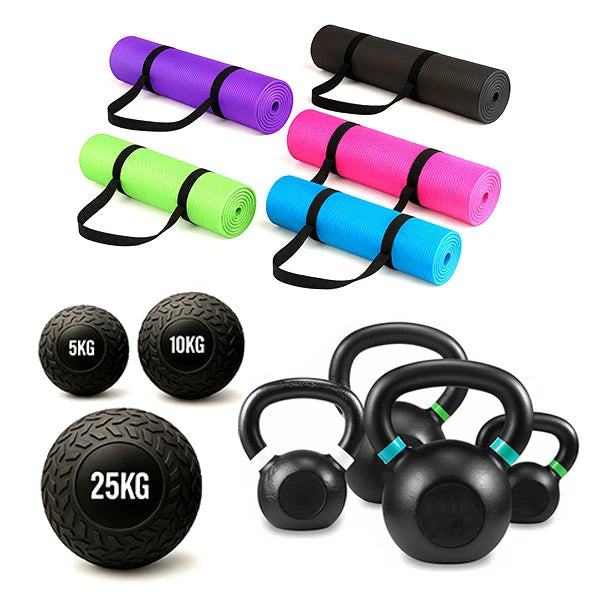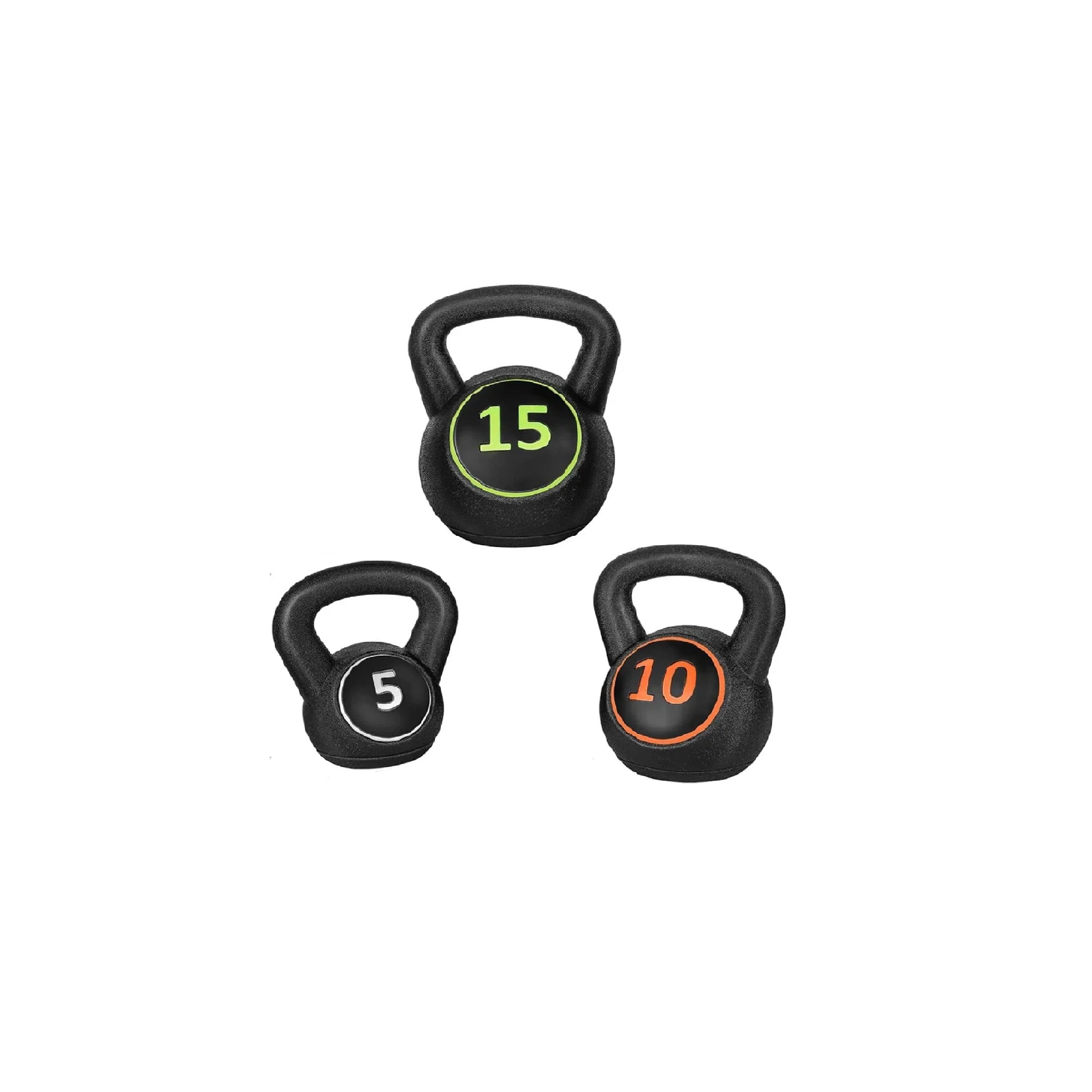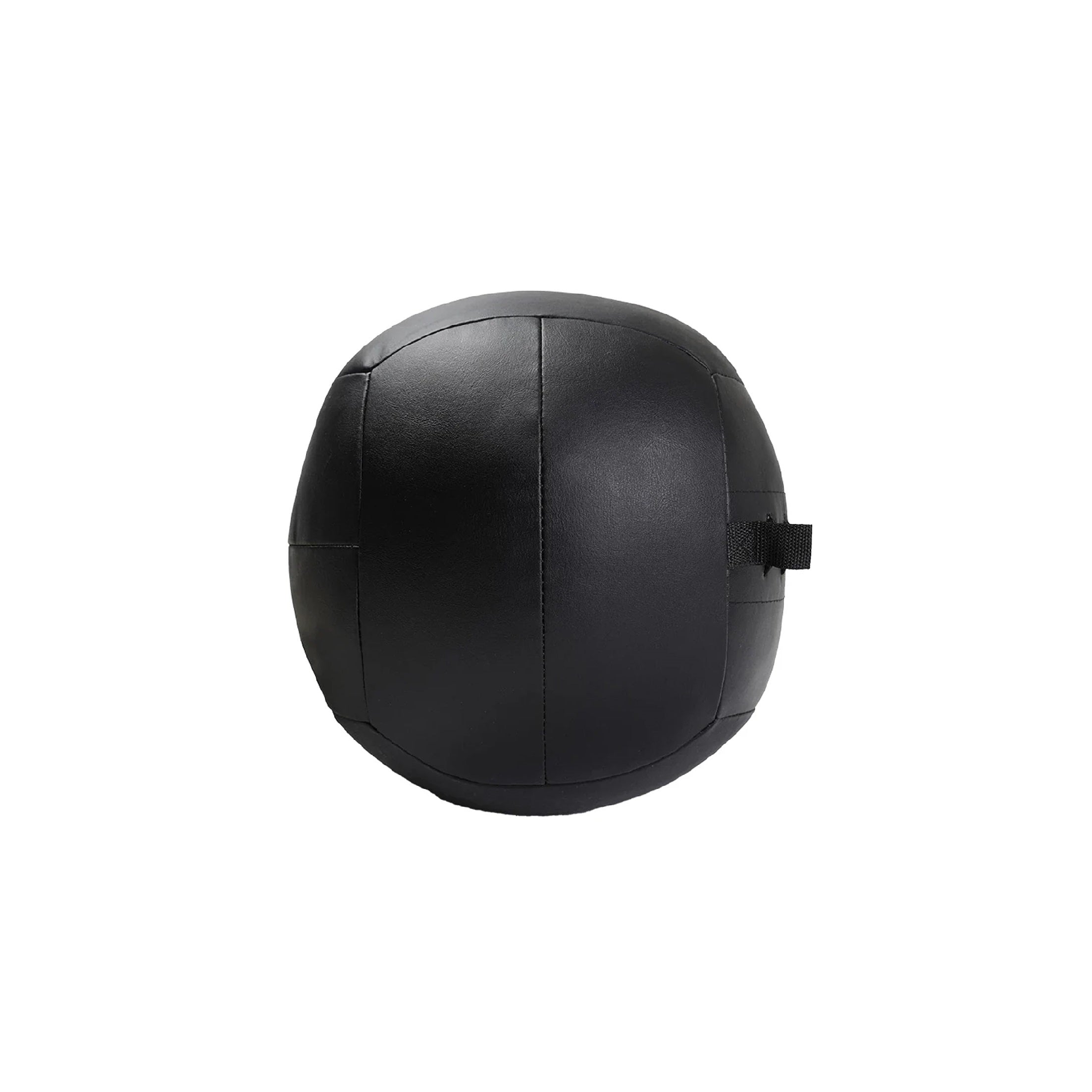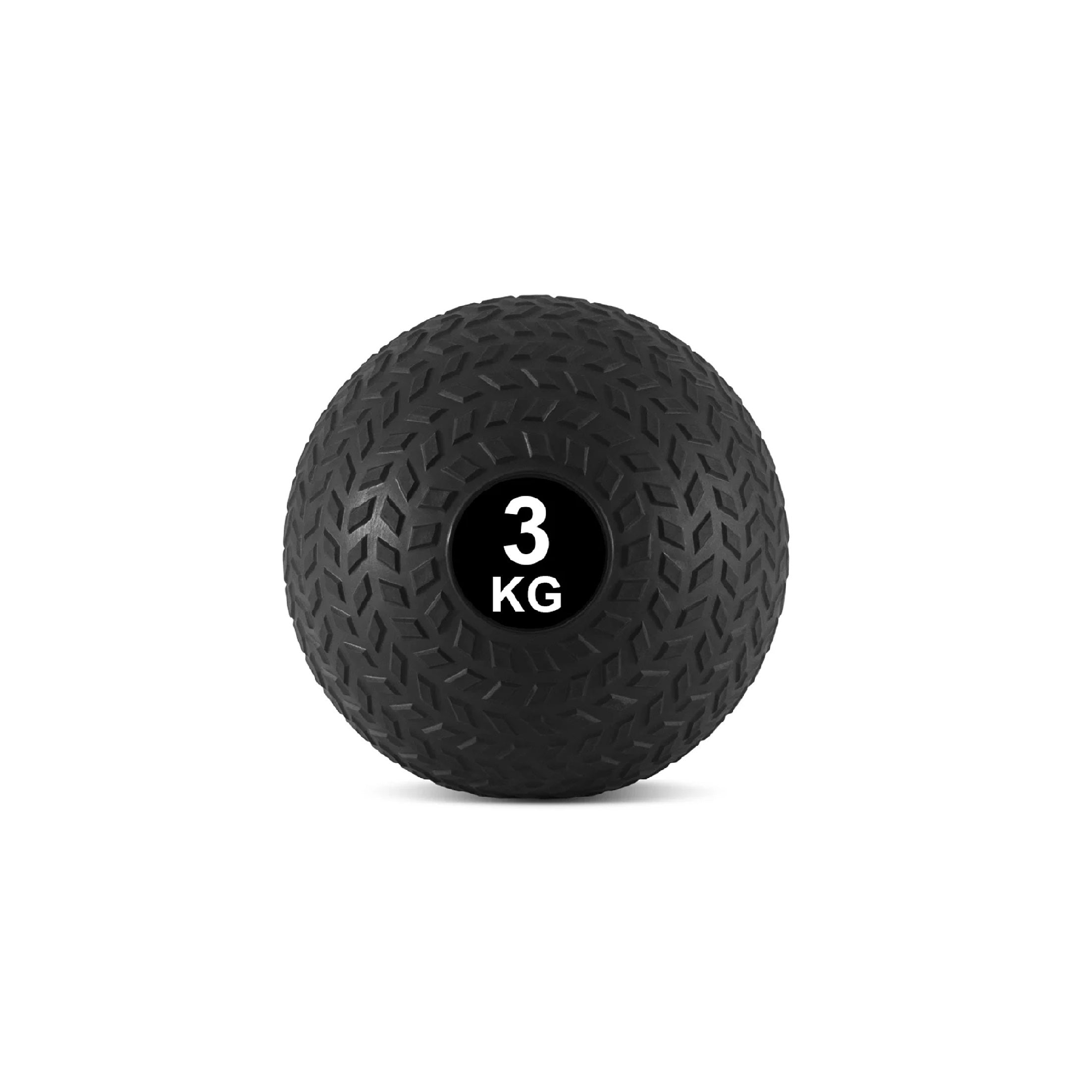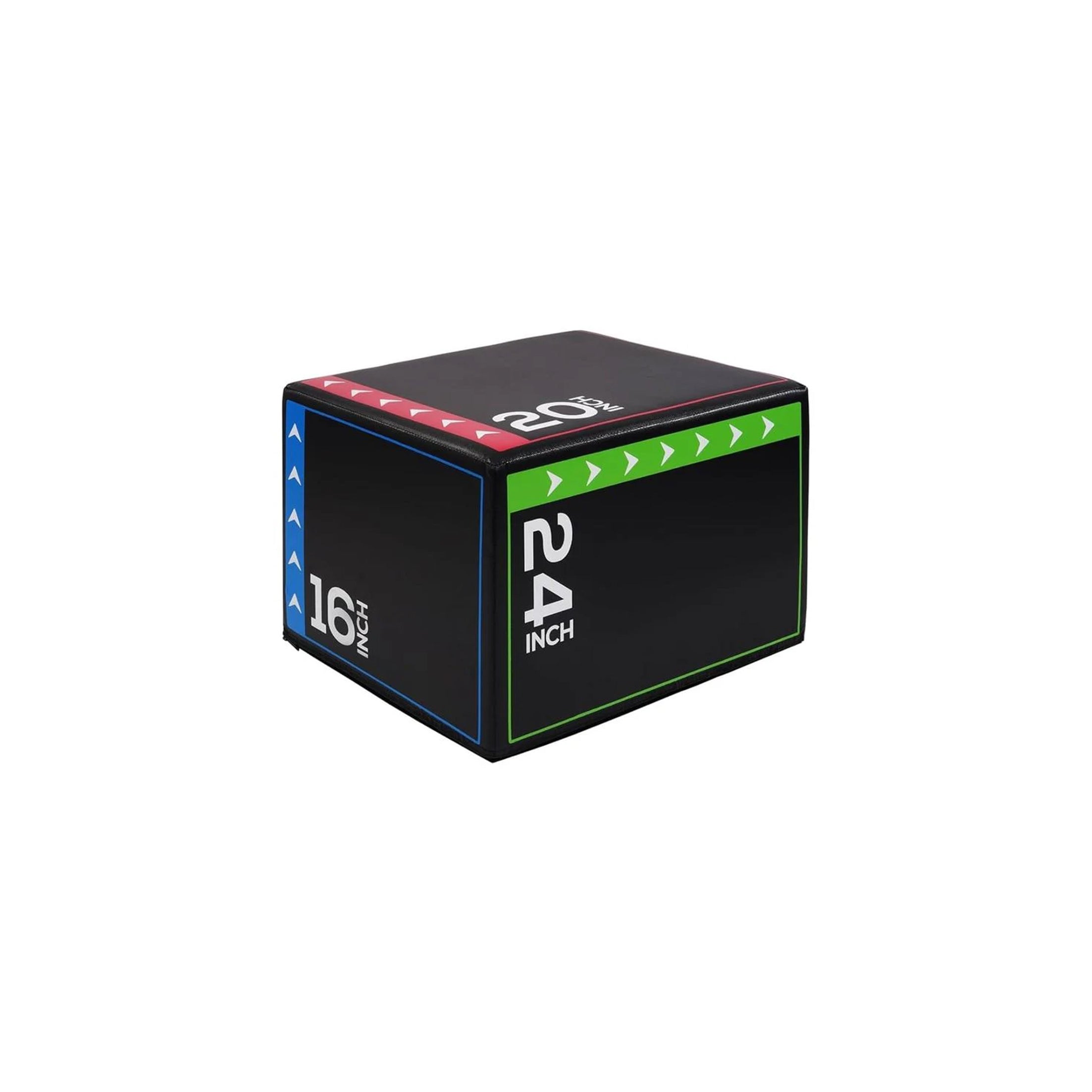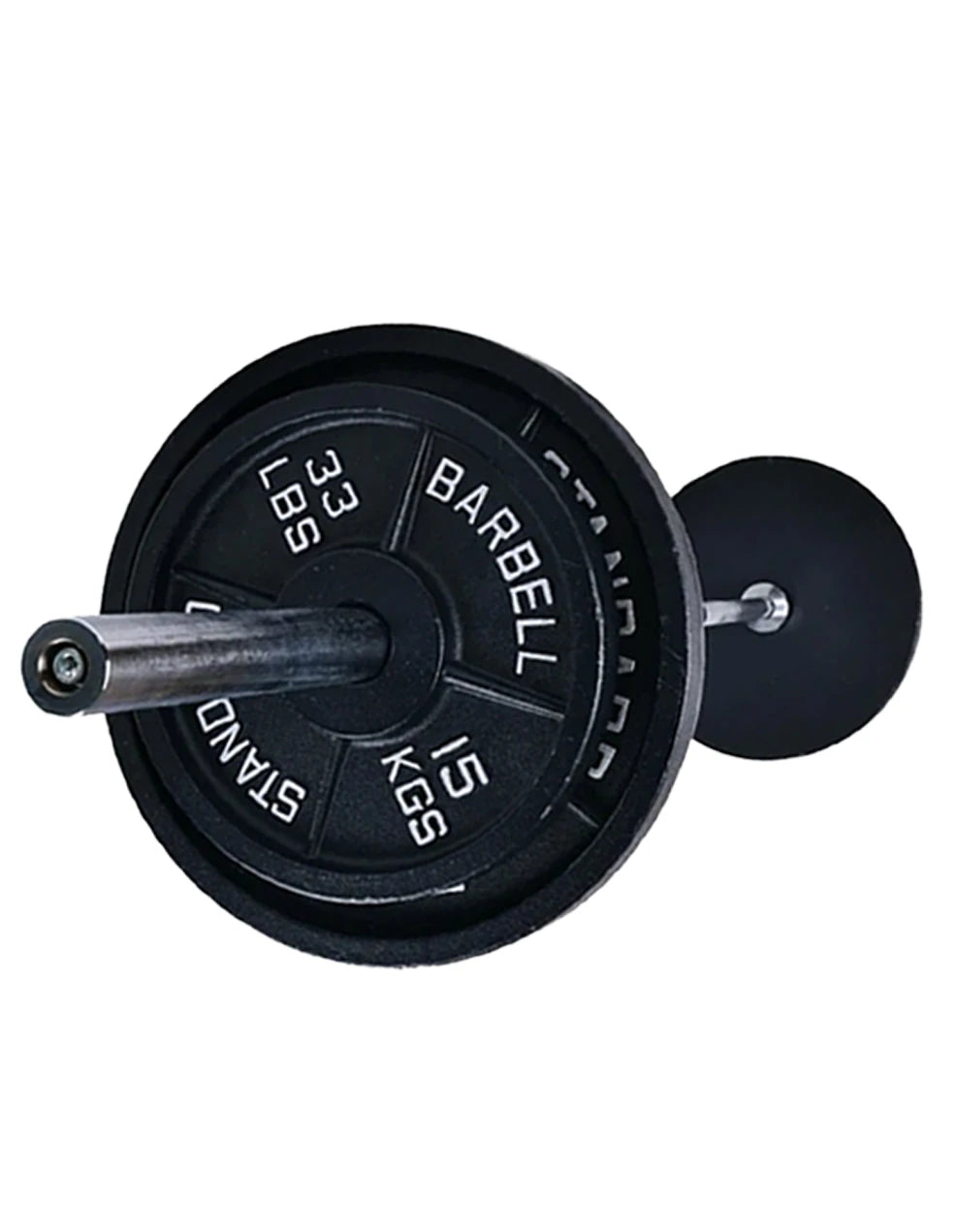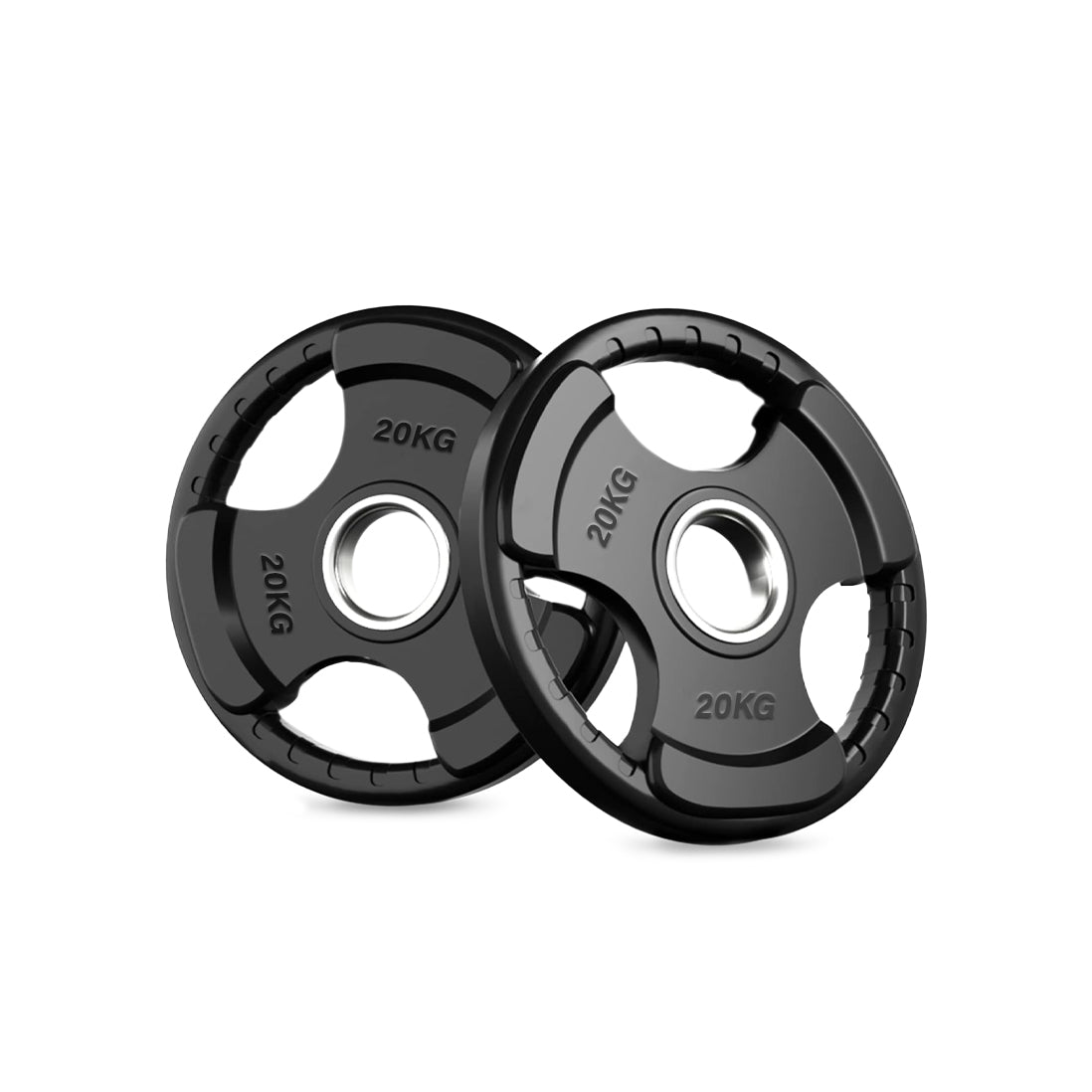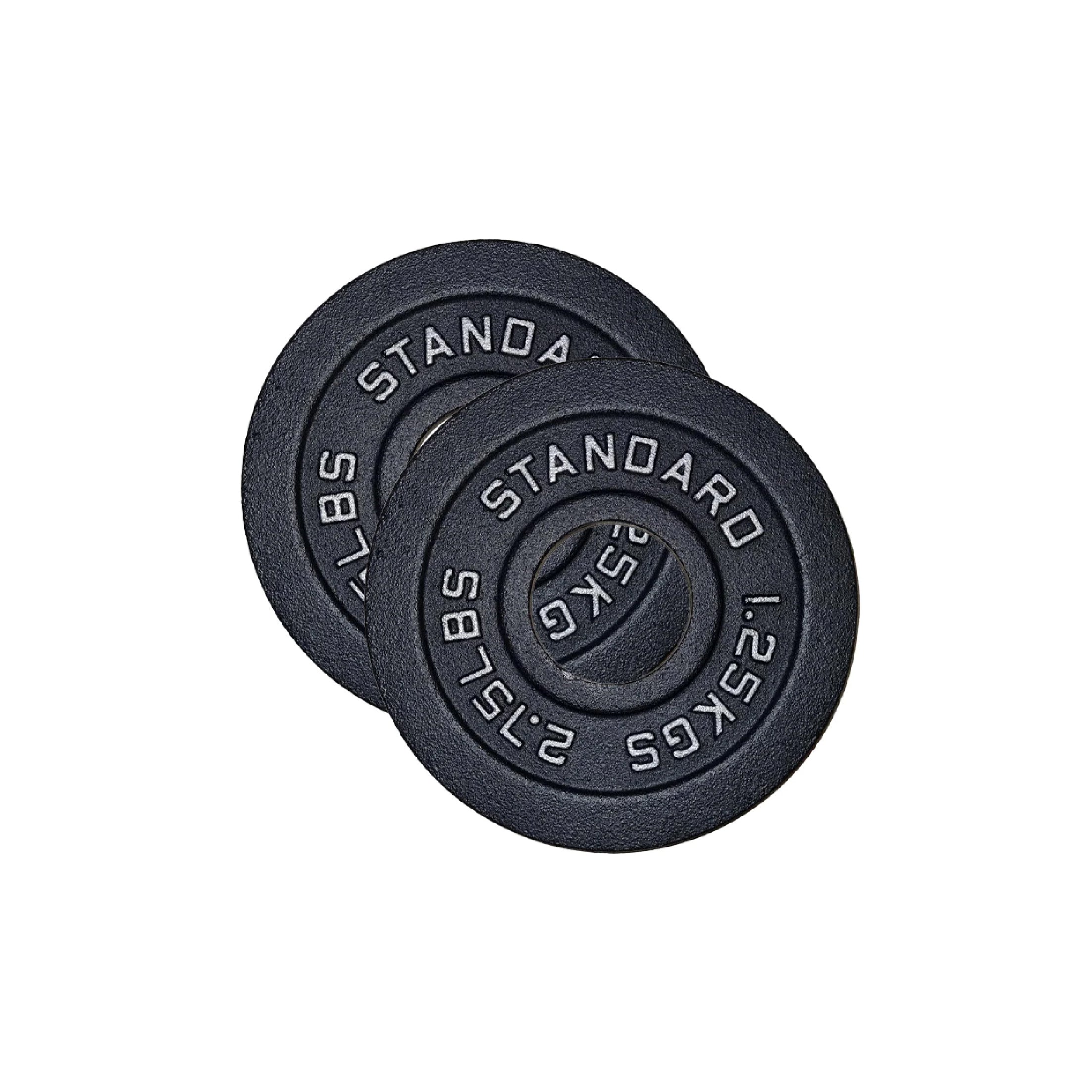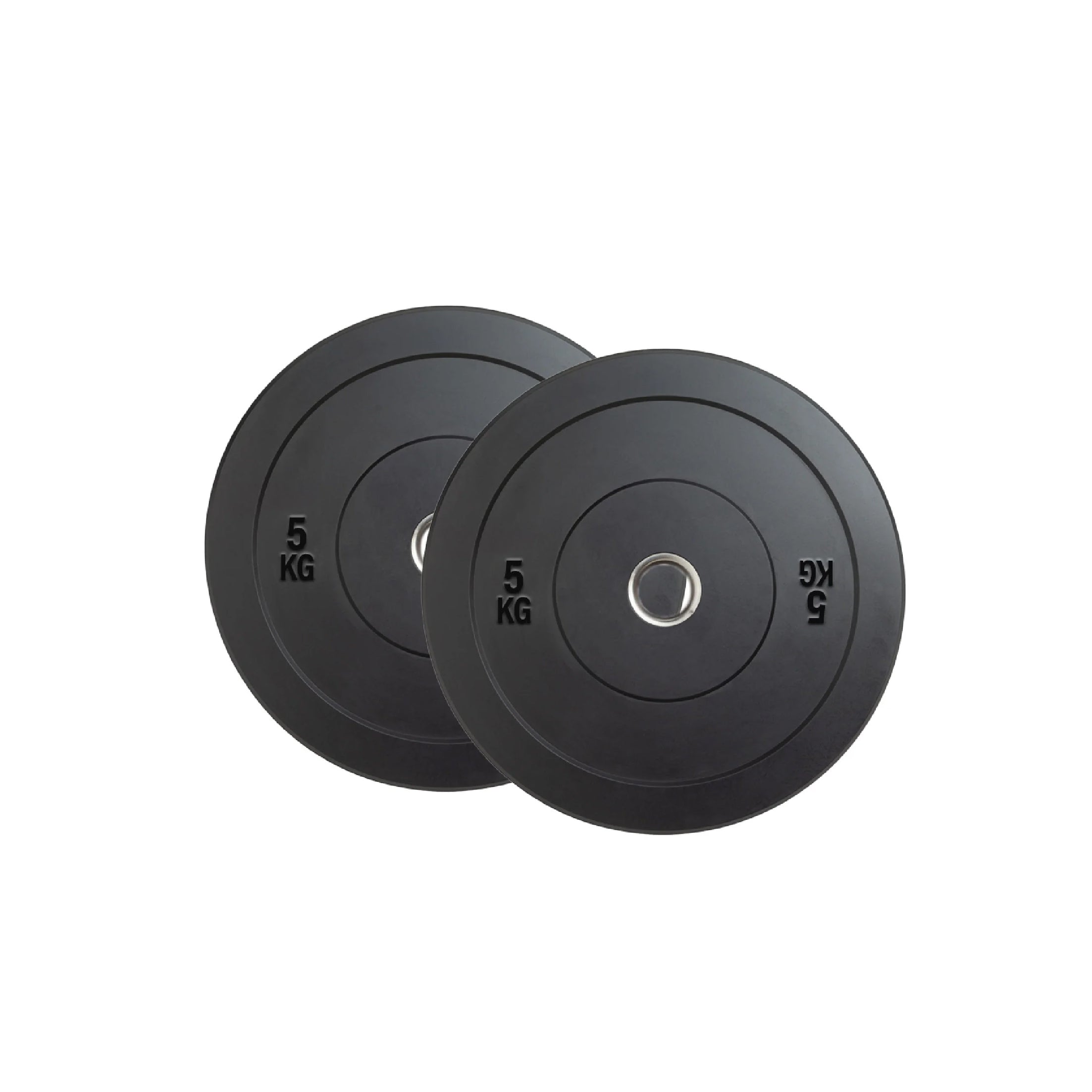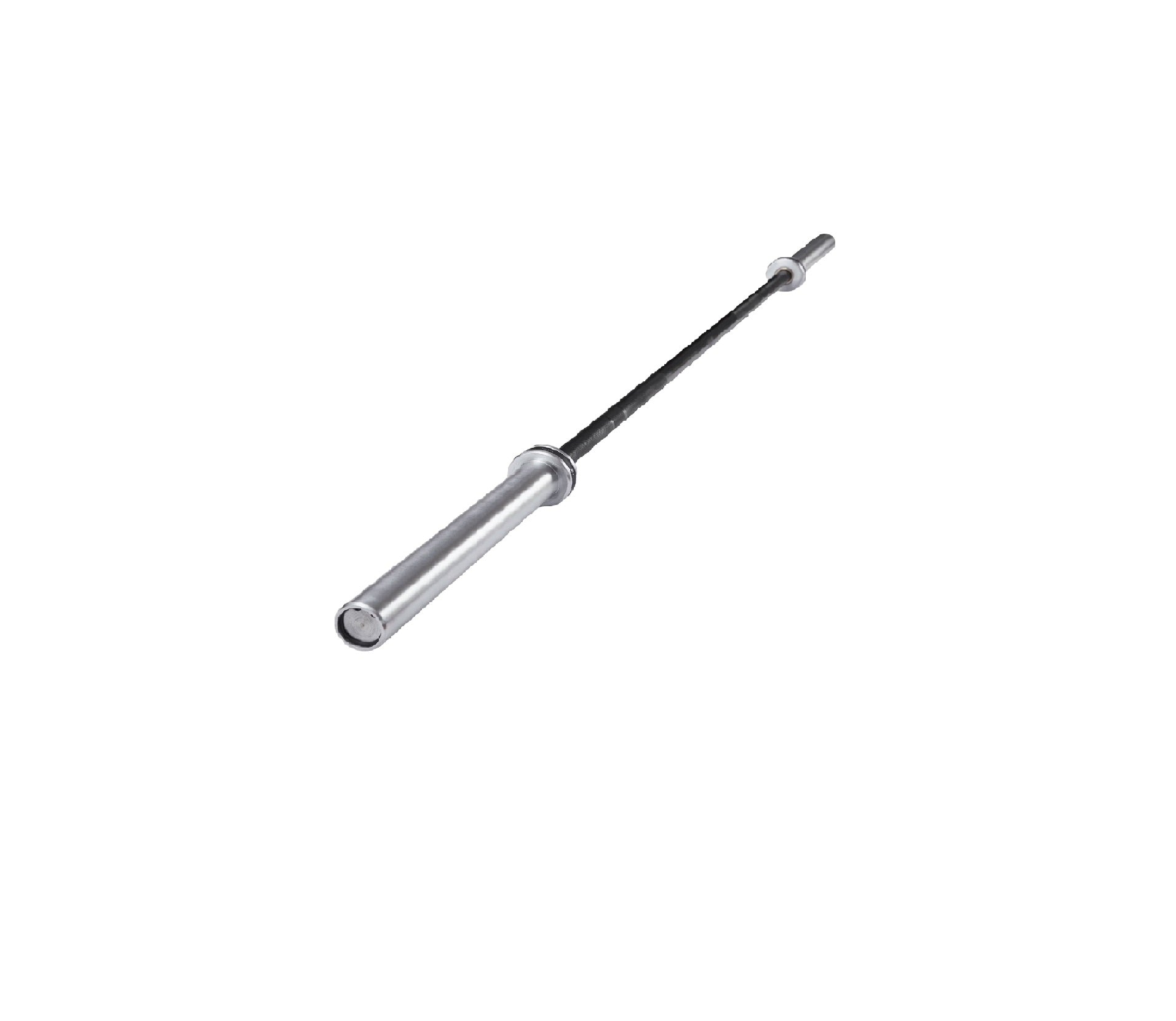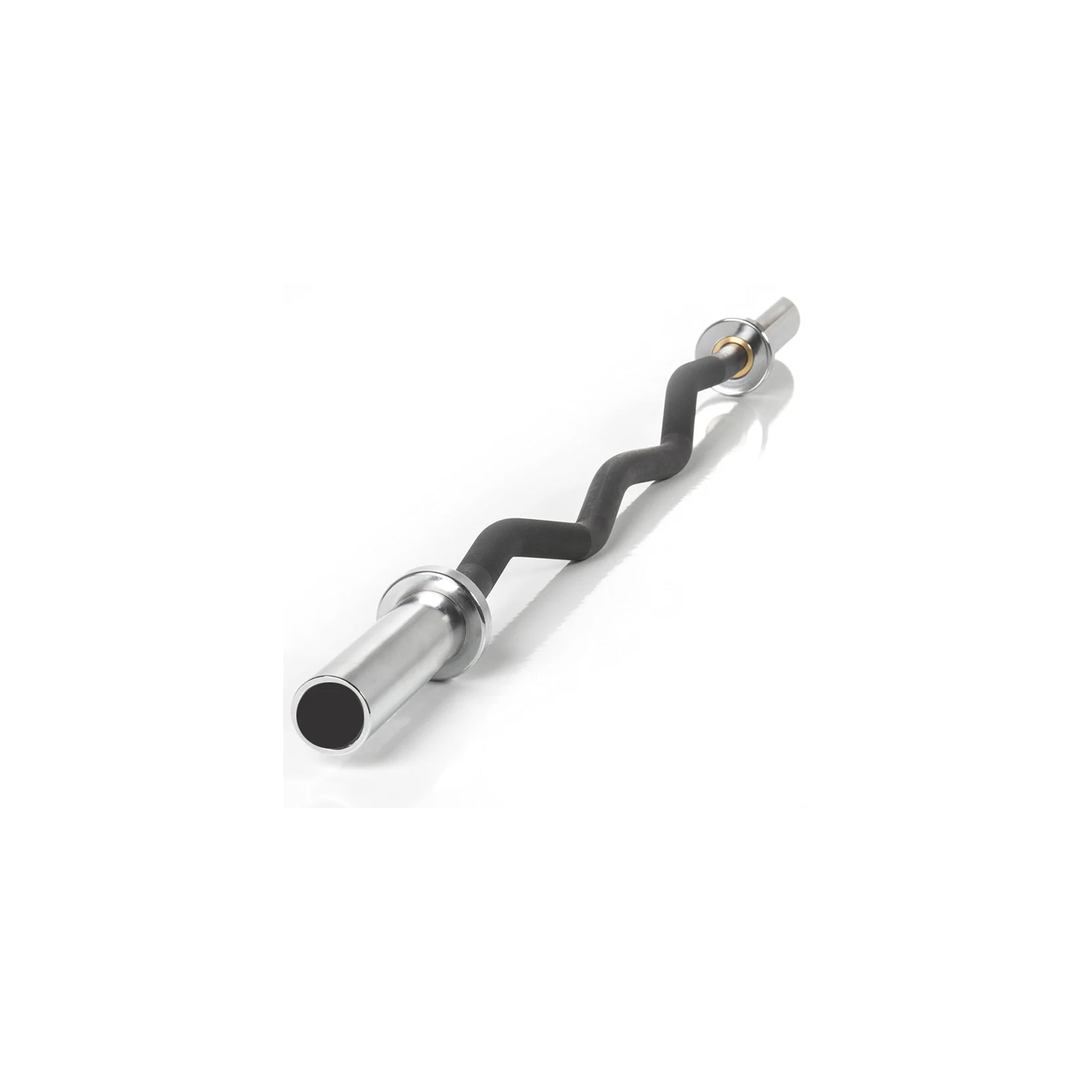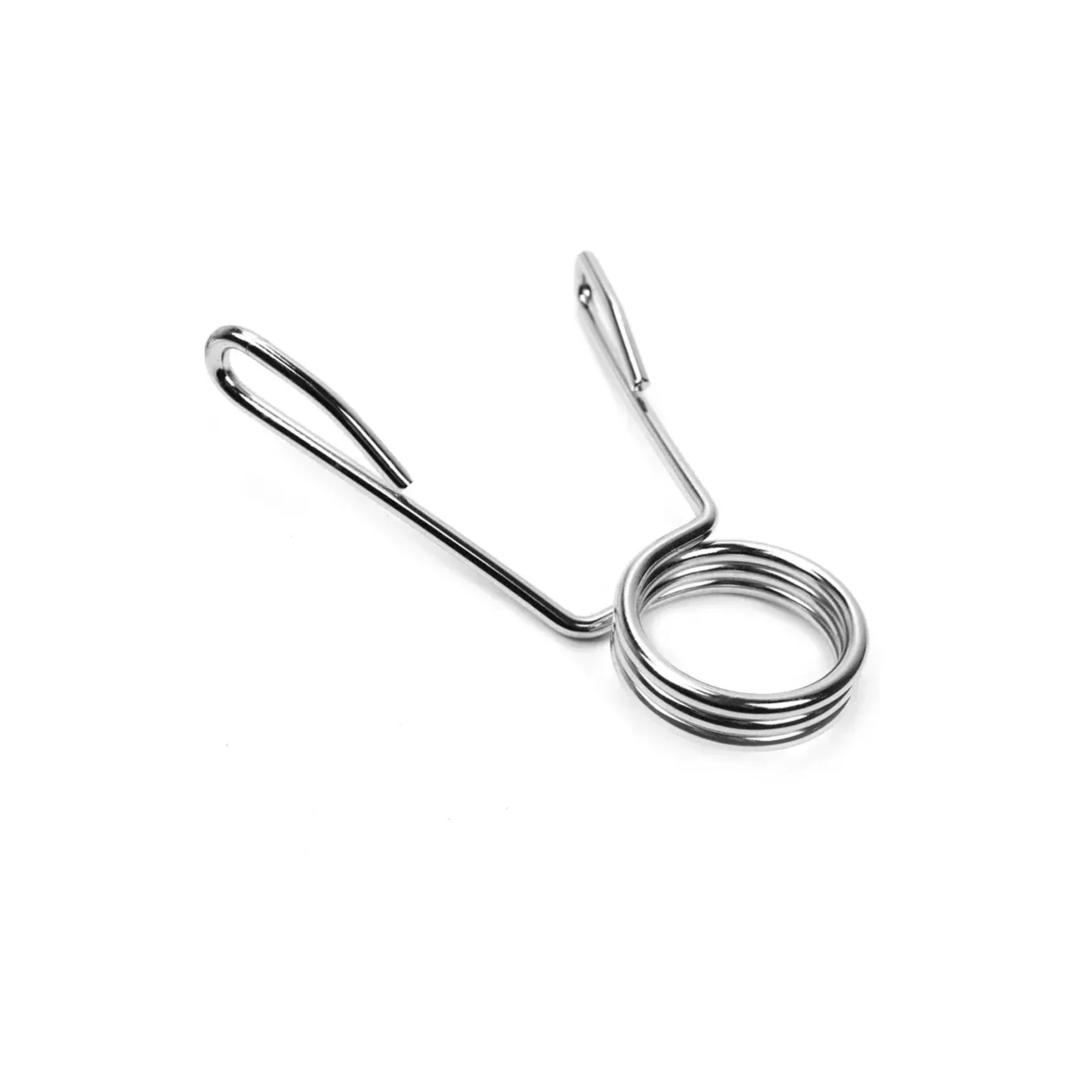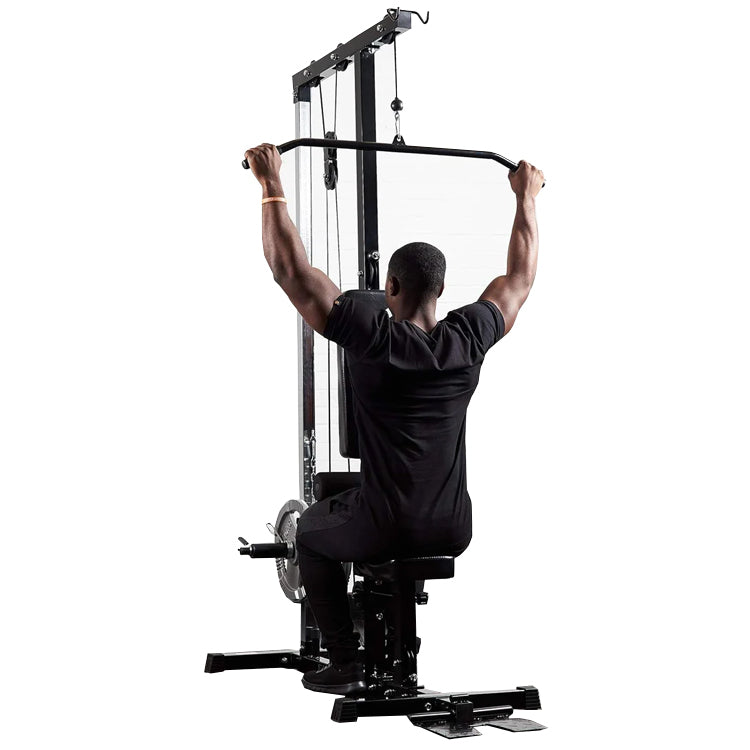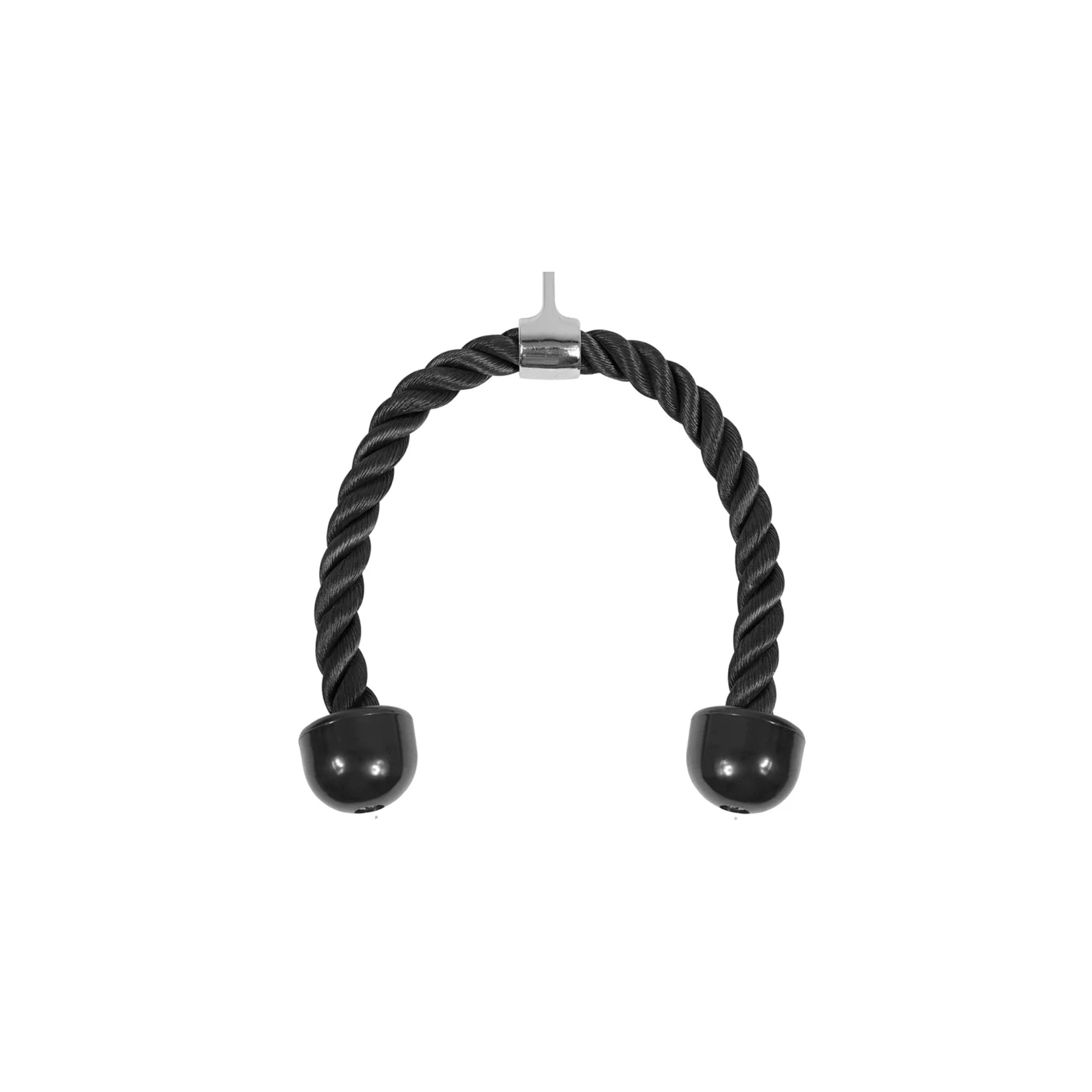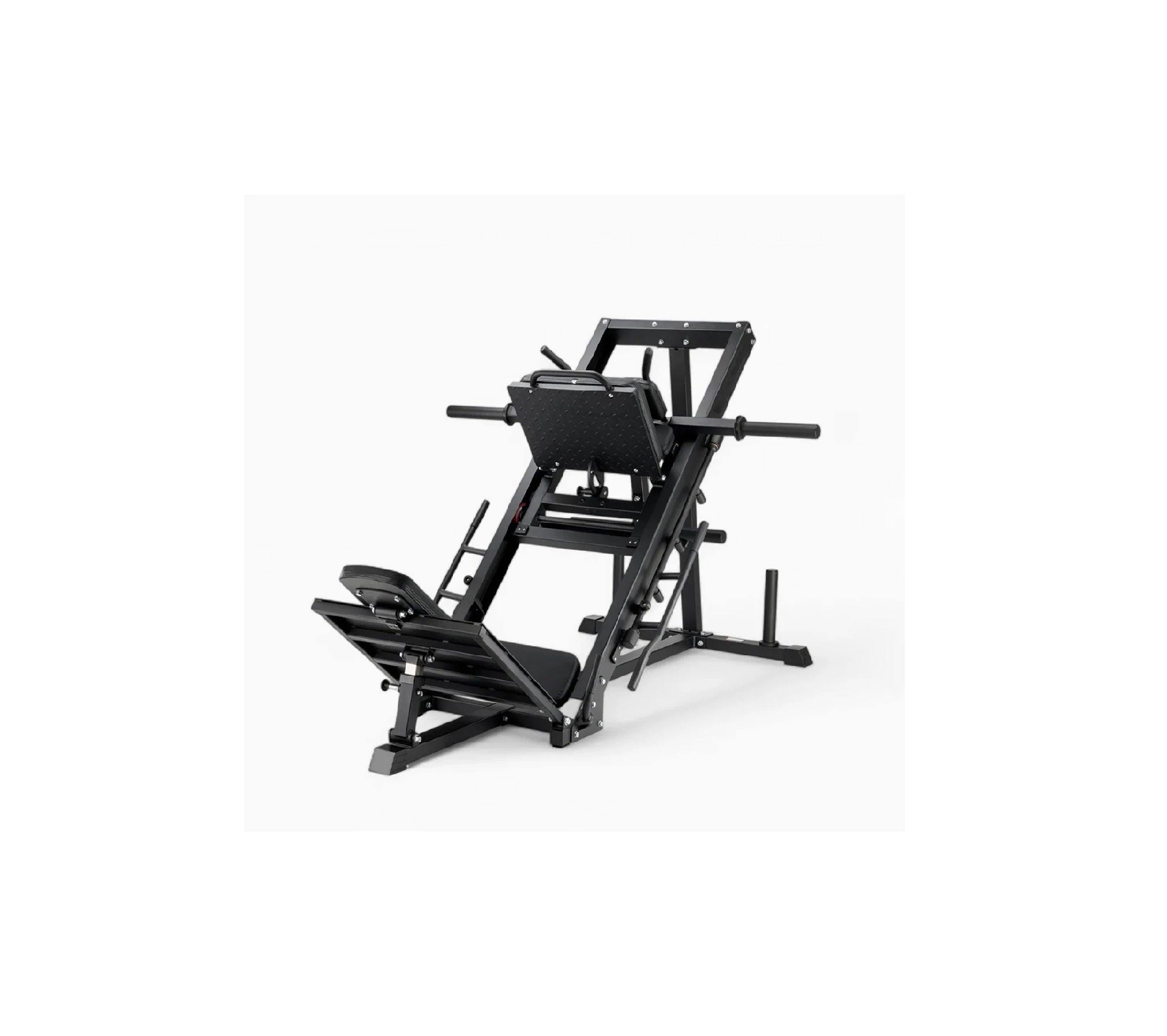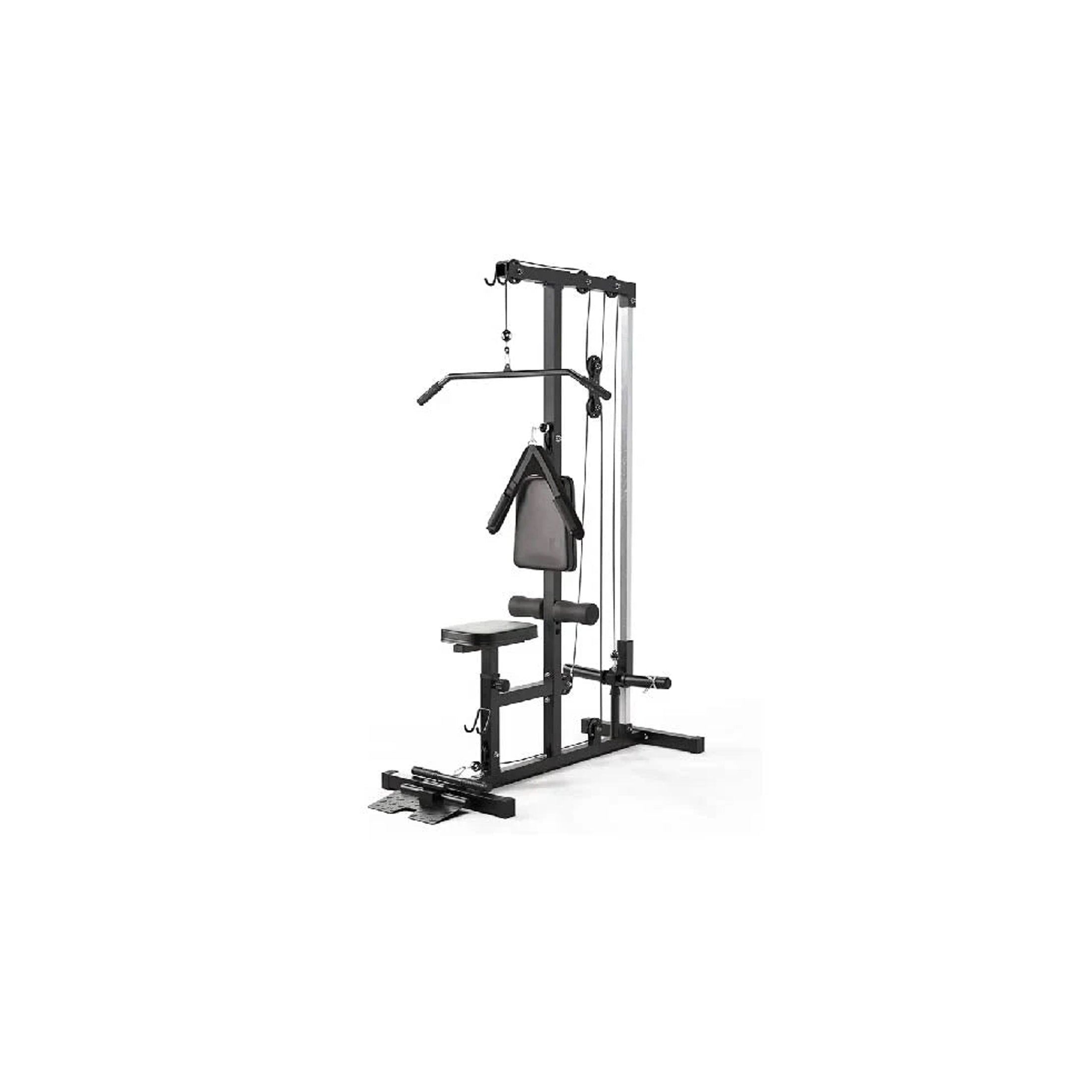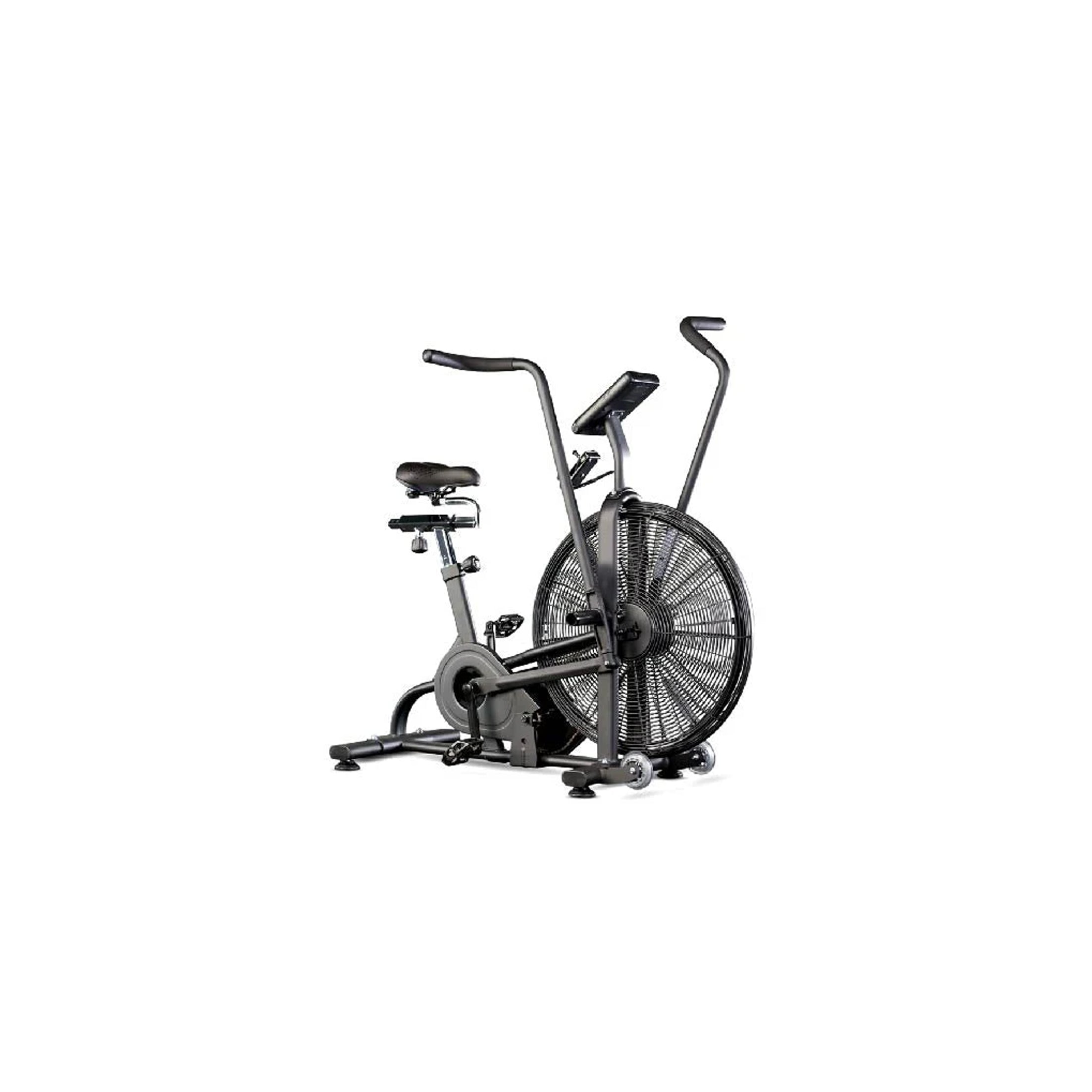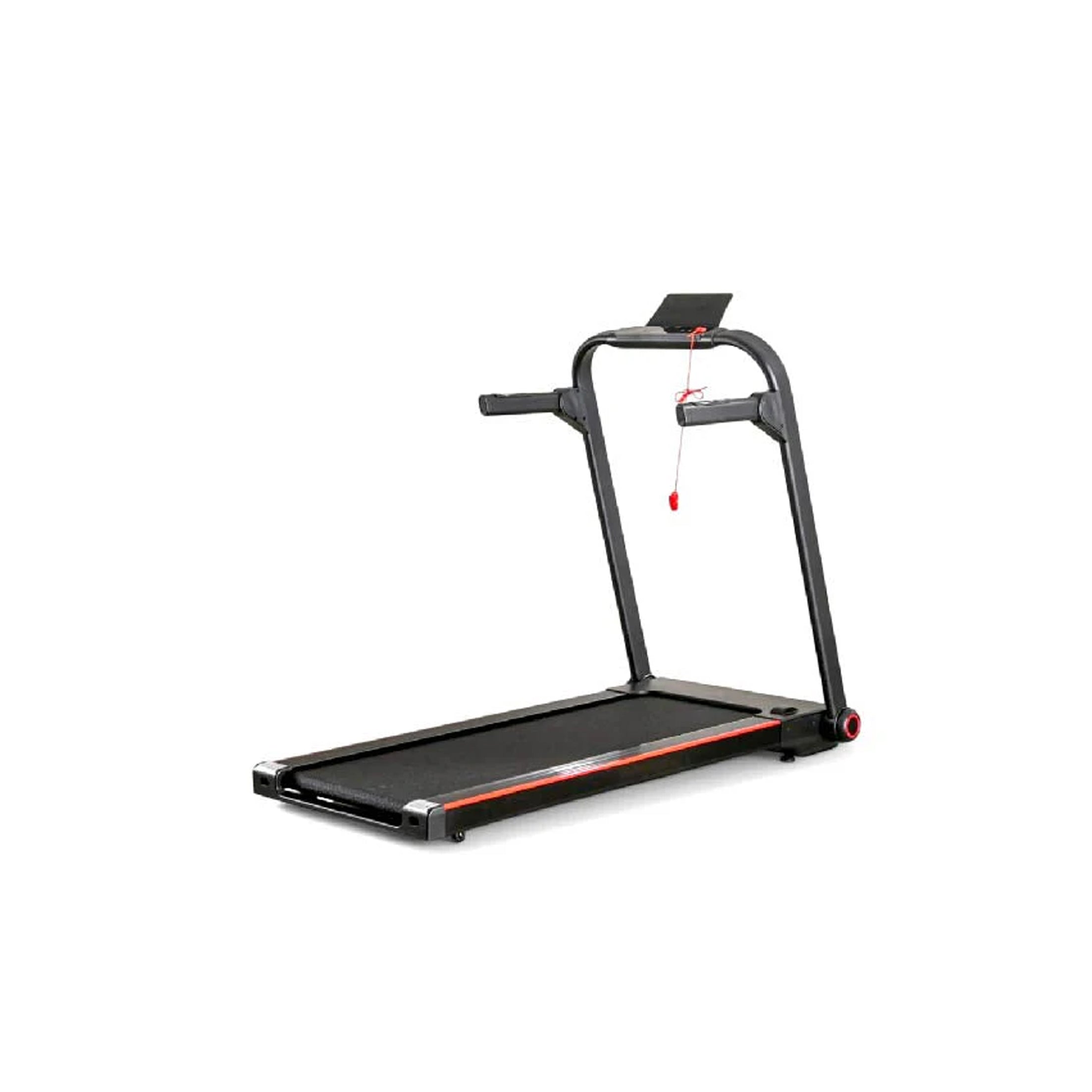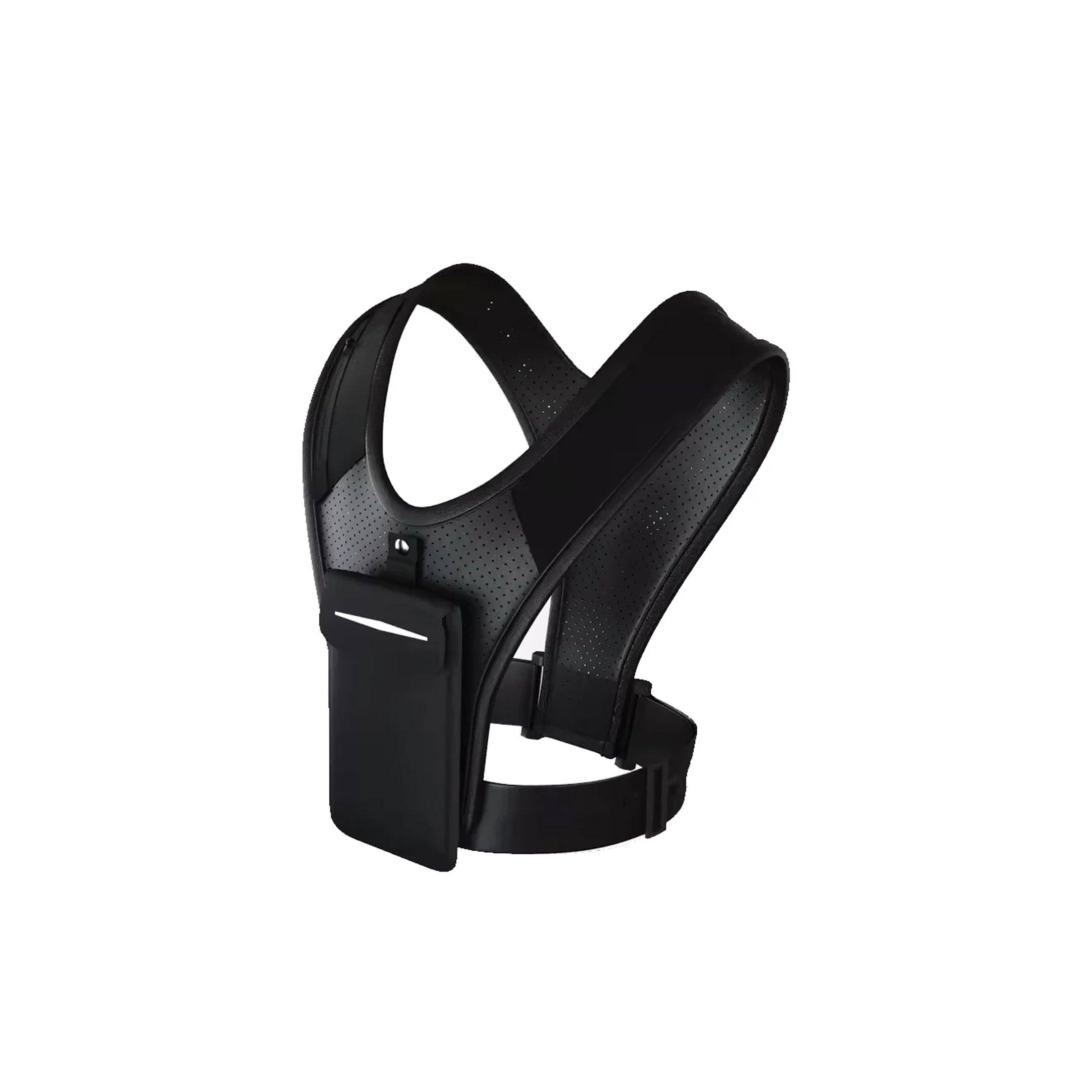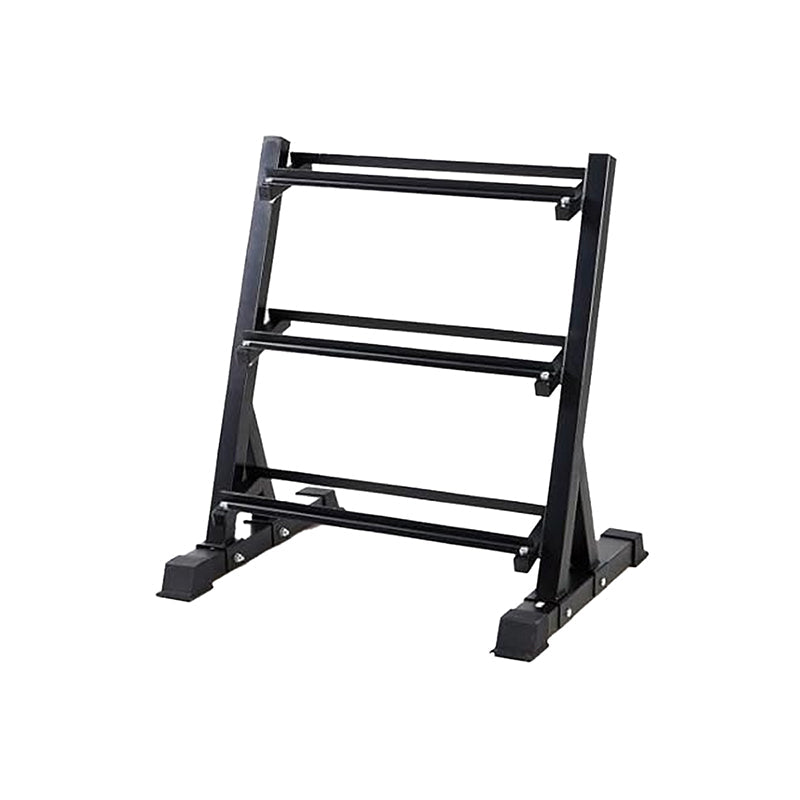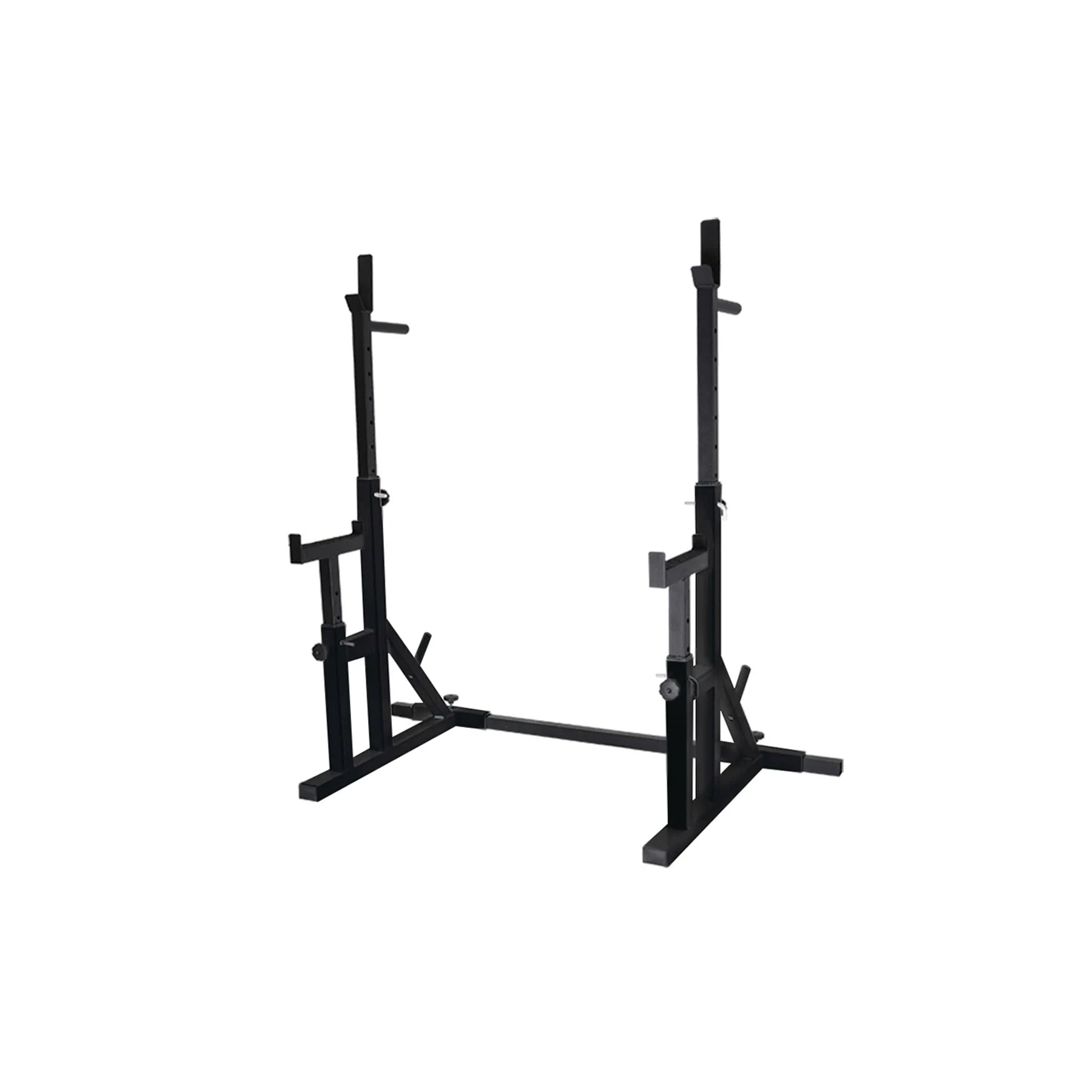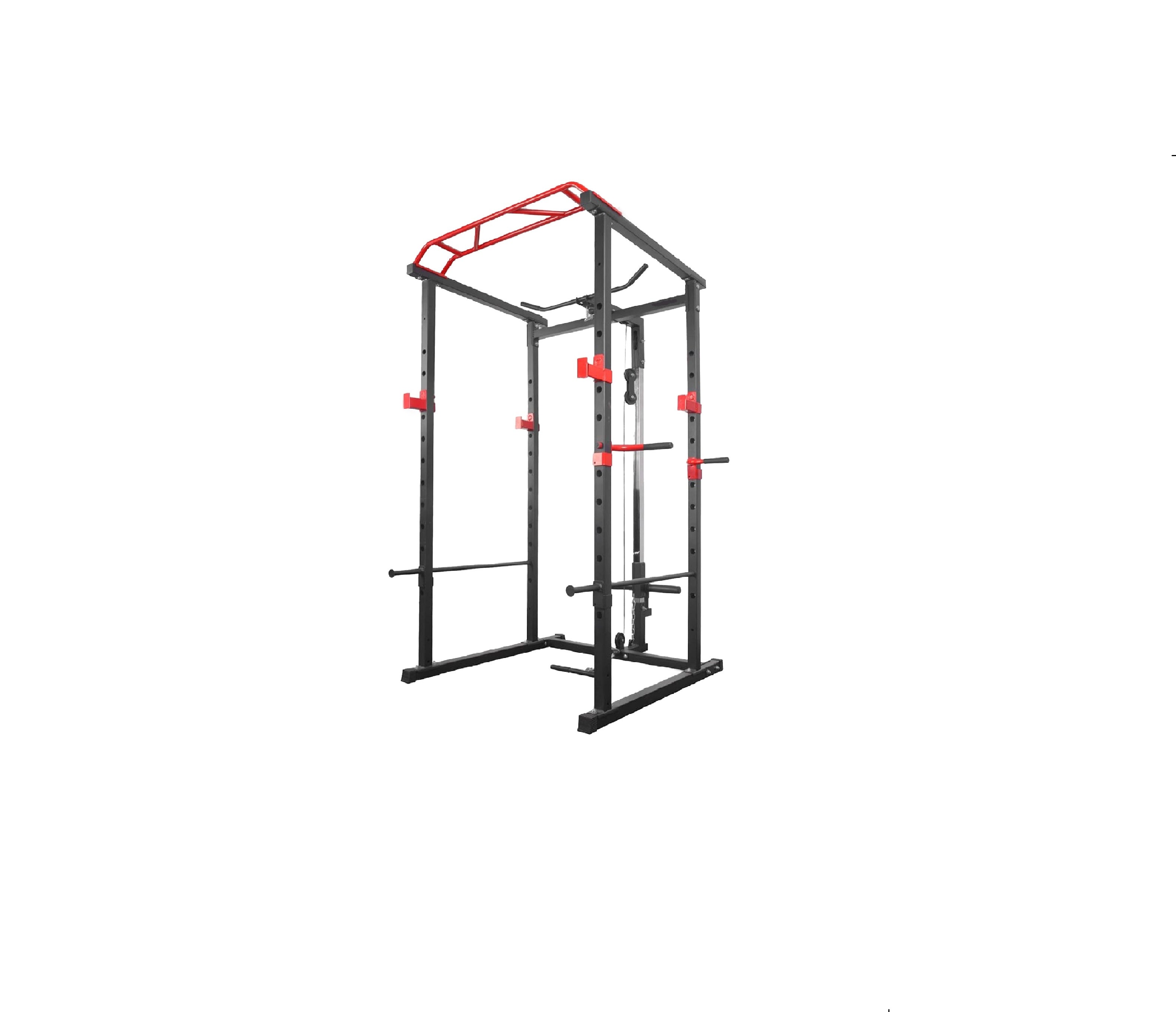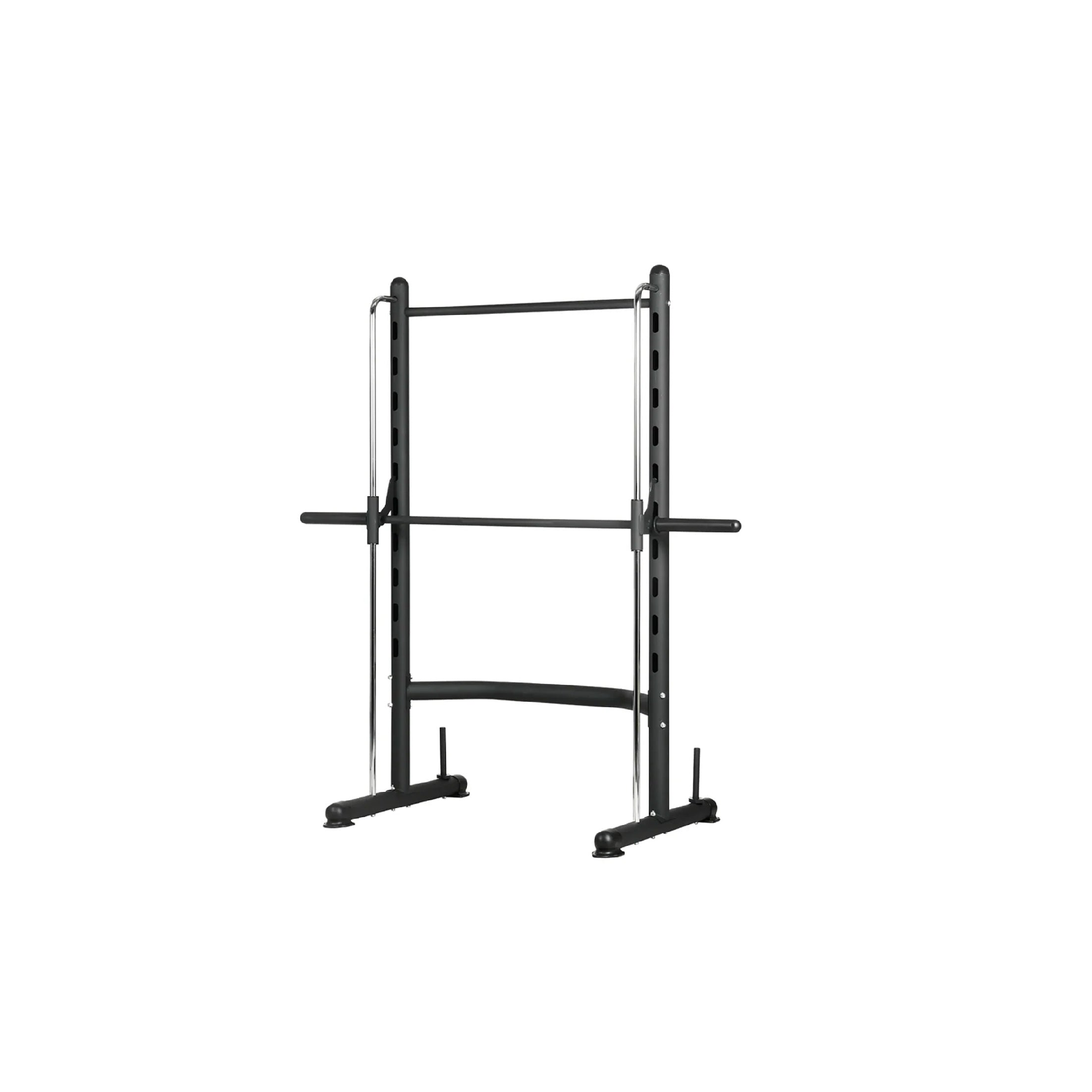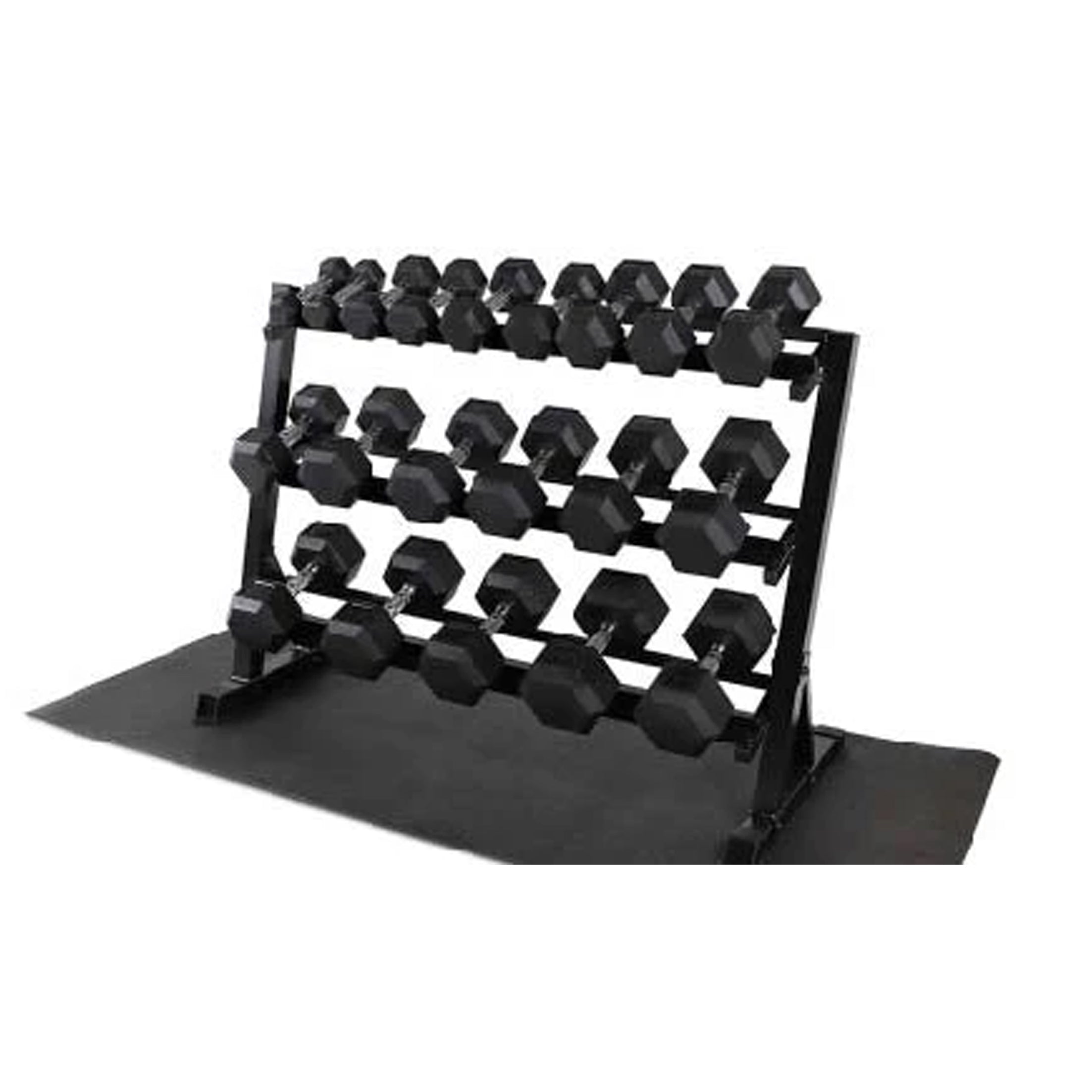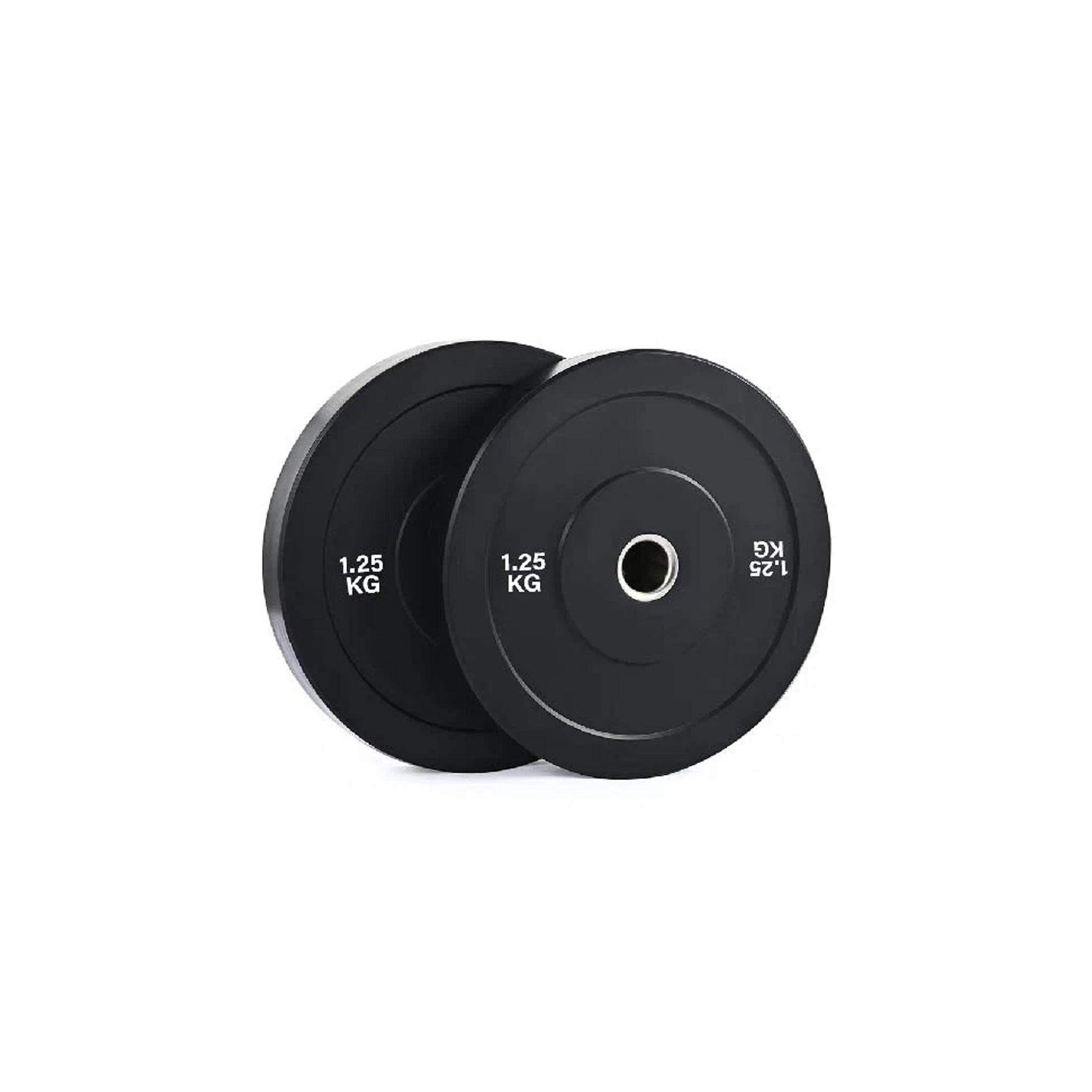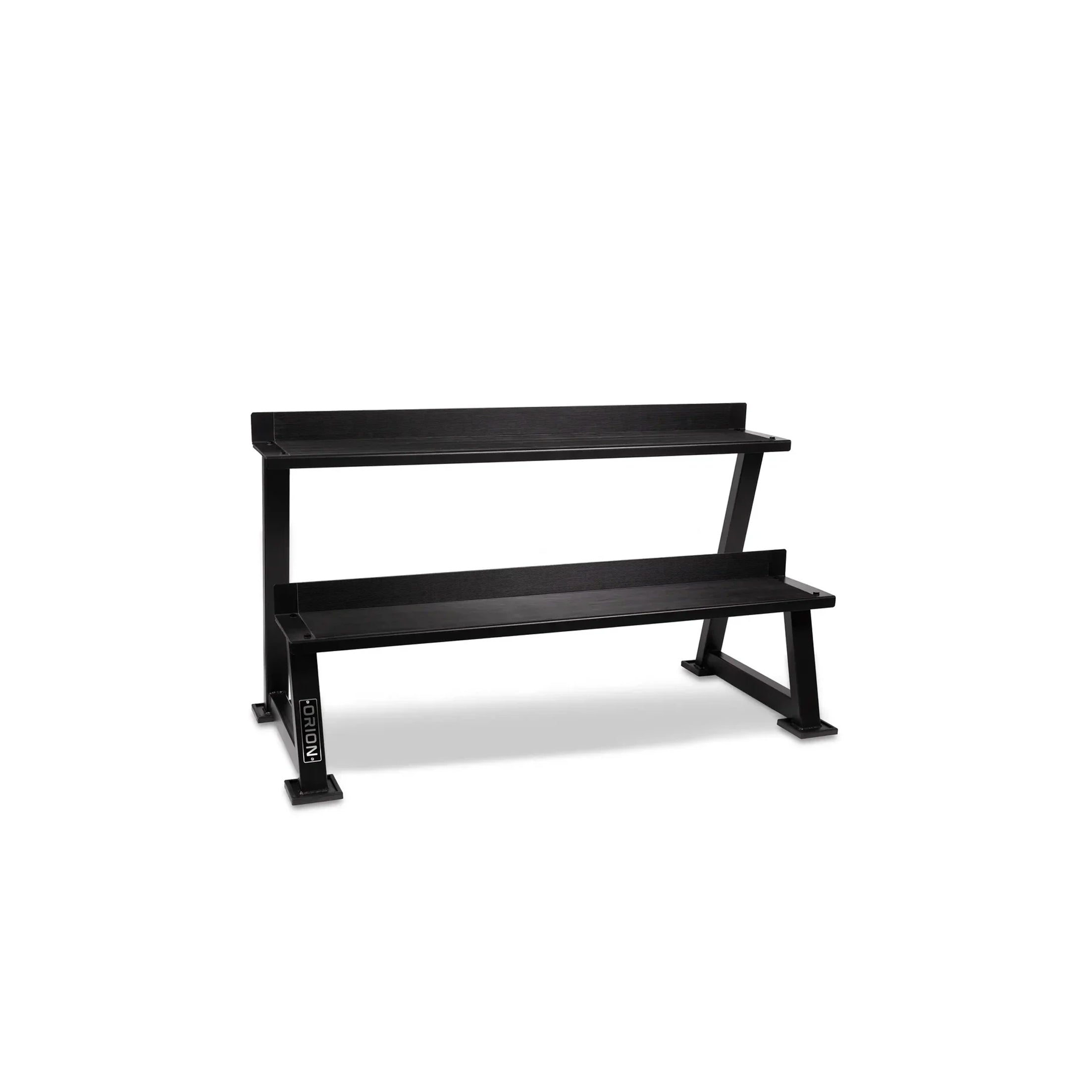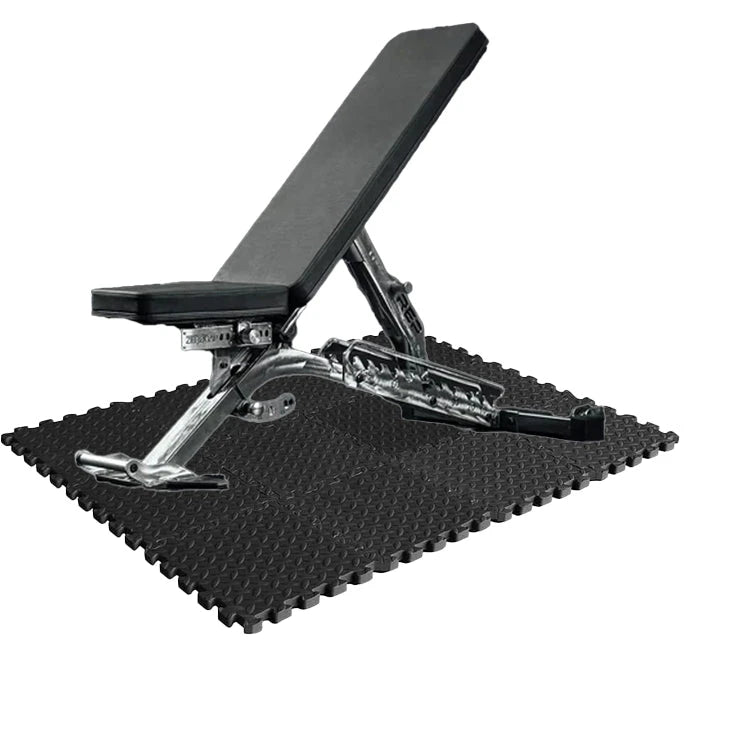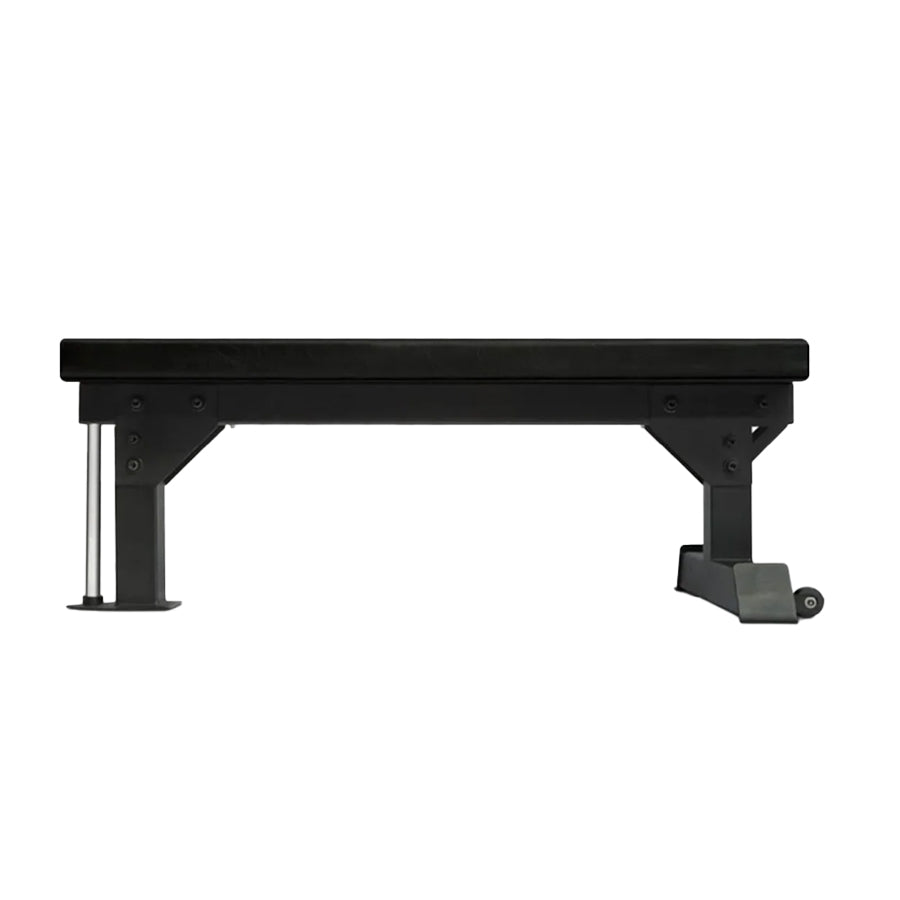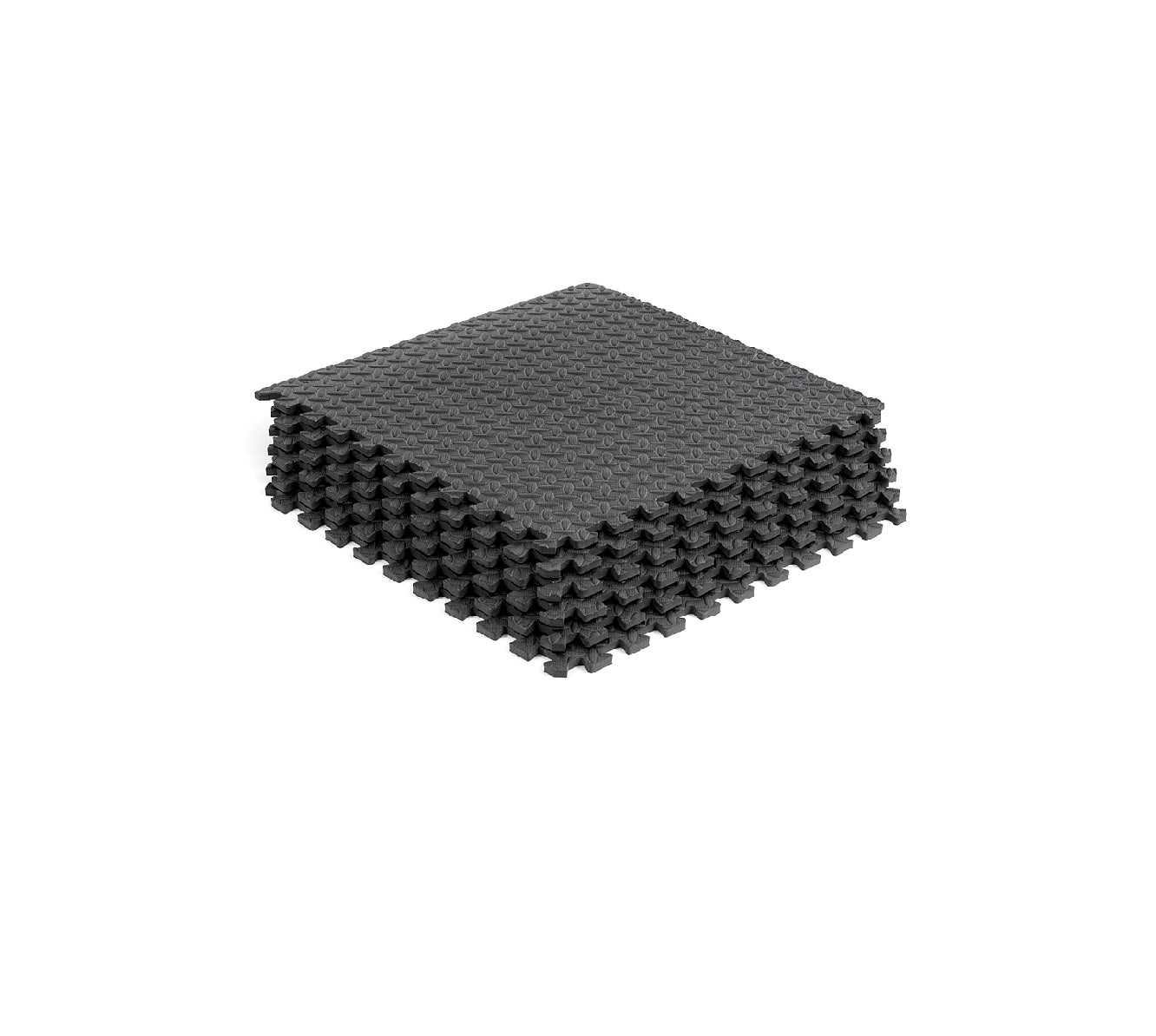Setting up a home gym has become more popular than ever, and hex dumbbells stand out as one of the most practical investments you can make. These rubber-coated, anti-roll weights offer incredible versatility for strength training, allowing you to target every muscle group from the comfort of your own home. Whether you're just starting your fitness journey or looking to enhance your existing routine, a well-structured hex dumbbell workout routine can help you achieve your goals efficiently.
Hex dumbbells bring unique advantages to home workouts. Their hexagonal shape prevents rolling, making them safer and more convenient than traditional round dumbbells. The rubber coating protects your floors and reduces noise, while the textured handles provide a secure grip even during intense sessions. When paired with a hex dumbbell set with rack, these weights create an organised, space-efficient training station that rivals any commercial gym setup.
This comprehensive guide will take you through a complete full-body workout routine designed for all fitness levels. From proper warm-up techniques to advanced modifications, you'll discover how to maximise your training sessions and build strength safely at home. Let's explore how hex dumbbells can transform your fitness routine and help you reach your strength training goals.
Why Choose Hex Dumbbells for Home Training
Hex dumbbells offer several distinct advantages that make them ideal for home gym setups. The hexagonal design prevents the weights from rolling away after each set, eliminating the frustration and potential safety hazards of chasing runaway dumbbells around your workout space. This anti-roll feature becomes particularly valuable during circuit training or when switching between exercises quickly.
The rubber coating on quality hex dumbbell sets serves multiple purposes. It protects your flooring from scratches and dents, reduces noise during workouts, and provides better grip security. This coating also helps prevent the metal from rusting over time, ensuring your investment lasts for years of consistent use.
Space efficiency stands as another major benefit. A complete rubber hex dumbbell set can be stored compactly on a vertical rack, taking up minimal floor space compared to a full set of individual weights scattered around your room. Modern hex dumbbell set rack systems utilise vertical storage to maximise organisation while maintaining easy access to different weight options.
The versatility of hex dumbbells cannot be overstated. From light toning exercises using 2.5kg weights to heavy compound movements with 30kg dumbbells, these tools adapt to your fitness level and goals. This scalability makes them perfect for households with multiple users at different strength levels.
Essential Warm-Up Exercises
Proper preparation before any hex dumbbell workout routine prevents injury and optimises performance. Start with five minutes of light cardio to increase your heart rate and blood flow. This could include marching in place, gentle jogging on the spot, or basic jumping jacks without weights.
Dynamic stretching comes next, focusing on the major muscle groups you'll be training. Perform arm circles, leg swings, hip rotations, and shoulder rolls to mobilise your joints. Spend 30 seconds on each movement, gradually increasing the range of motion as your body warms up.
Light activation exercises using your smallest hex dumbbells help prepare your muscles for heavier loads. Try shoulder shrugs, arm raises, and gentle squats with 2.5kg or 5kg weights. These movements activate the stabilising muscles and rehearse the movement patterns you'll use during your main workout.
Finish your warm-up with some bodyweight exercises that mirror your planned workout movements. If you're focusing on upper body training, include push-ups or wall presses. For lower body sessions, add bodyweight squats or lunges. This neural activation prepares your nervous system for the coordination required during weighted exercises.
Complete Full Body Hex Dumbbell Workout Routine
Upper Body Strength Exercises
Dumbbell Bench Press forms the cornerstone of upper body development when using your hex dumbbell set. Lie on a bench with dumbbells in each hand, positioned at chest level with palms facing forward. Press the weights straight up, extending your arms fully before lowering back to the starting position. This exercise targets your chest, shoulders, and triceps effectively.
Start with lighter weights to master the form before progressing to heavier loads. Beginners should aim for 3 sets of 8-12 repetitions, while intermediate users can handle 10-15 reps with moderate weight. Advanced trainers might prefer 6-8 reps with challenging resistance.
Bent-Over Rows target your back muscles and improve posture. Stand with feet hip-width apart, holding hex dumbbells with arms extended. Hinge at the hips, keeping your back straight, and pull the weights toward your ribcage. Squeeze your shoulder blades together at the top of the movement before lowering with control.
This exercise strengthens the often-neglected posterior chain, balancing the pressing movements in your routine. Focus on keeping your core engaged throughout the movement to protect your lower back.
Overhead Press develops shoulder strength and stability. Stand tall with dumbbells at shoulder height, palms facing forward. Press the weights straight up overhead, fully extending your arms before lowering back to the starting position. This compound movement engages your shoulders, triceps, and core muscles.
Maintain a neutral spine throughout the exercise and avoid arching your back excessively. If you experience shoulder discomfort, reduce the weight or consult a fitness professional about proper form adjustments.
Lower Body Power Movements
Goblet Squats provide an excellent introduction to weighted squatting patterns. Hold one hex dumbbell vertically against your chest with both hands, feet slightly wider than shoulder-width apart. Lower into a squat position, keeping your chest up and knees tracking over your toes. Push through your heels to return to standing.
This exercise targets your quadriceps, glutes, and core while teaching proper squatting mechanics. The weight positioned at your chest helps counterbalance and encourages good posture throughout the movement.
Romanian Deadlifts focus on your hamstrings and glutes while teaching proper hip hinge mechanics. Hold hex dumbbells in front of your thighs with a slight bend in your knees. Push your hips back while lowering the weights along your legs, maintaining a straight back. Return to standing by driving your hips forward.
This movement pattern appears in many daily activities, making it highly functional for everyday life. Master the hip hinge with lighter weights before progressing to more challenging loads.
Walking Lunges combine strength training with dynamic movement patterns. Step forward into a lunge position while holding hex dumbbells at your sides. Lower your back knee toward the ground, then push off your front foot to step into the next lunge. Continue alternating legs across your workout space.
This exercise challenges your balance, coordination, and unilateral strength while targeting all major lower body muscles. Start with bodyweight lunges before adding external resistance.
Arm and Core Finishing Exercises
Bicep Curls isolate your arm muscles for focused development. Stand with hex dumbbells at your sides, palms facing forward. Curl the weights toward your shoulders by flexing your biceps, keeping your elbows stationary. Lower with control to complete the repetition.
Focus on quality over quantity with isolation exercises like bicep curls. Controlled movements with proper form produce better results than heavy weights with poor technique.
Tricep Extensions target the back of your arms. Hold one hex dumbbell with both hands overhead, keeping your elbows close to your head. Lower the weight behind your head by bending at the elbows, then extend back to the starting position.
This exercise complements the bicep curls and helps balance arm development. Be cautious with weight selection, as the triceps are smaller muscles that fatigue quickly.
Plank Rows combine core stability with back strengthening. Get into a plank position with hands on hex dumbbells. Maintain the plank while rowing one dumbbell toward your ribcage, alternating sides. This challenging exercise integrates multiple muscle groups simultaneously.
Start with lighter weights for plank rows, as maintaining proper plank position while rowing requires significant core strength and coordination.
Proper Form and Safety Guidelines
Maintaining correct form throughout your hex dumbbell workout routine prevents injury and maximises results. Always prioritise technique over weight selection, especially when learning new exercises. Poor form with heavy weights leads to injury, while perfect form with moderate weights builds strength safely and effectively.
Keep your core engaged during all exercises to protect your spine and improve stability. This means drawing your belly button toward your spine and maintaining neutral spinal alignment. Proper breathing also supports good form – exhale during the exertion phase of each movement and inhale during the lowering phase.
Control the weight throughout the entire range of motion. Avoid using momentum to lift heavier weights, as this reduces the exercise effectiveness and increases injury risk. The lowering portion of each exercise is just as important as the lifting phase, so resist gravity rather than letting weights drop quickly.
Start each session with lighter weights to assess your energy levels and joint mobility. Your strength can vary from day to day based on sleep, stress, and recovery status. Listen to your body and adjust your workout accordingly rather than forcing predetermined weights or repetitions.
Modifications for Different Fitness Levels
Beginner Modifications focus on learning movement patterns with lighter resistance. New exercisers should start with a basic hex dumbbell set including 2.5kg, 5kg, and 7.5kg weights. Begin with bodyweight versions of exercises before adding external resistance, and focus on completing 2-3 sets of 8-12 repetitions with perfect form.
Reduce range of motion if full movements cause discomfort. For example, perform squats to a chair rather than deep squats, or limit overhead press range if shoulder mobility is restricted. Gradually increase range of motion as flexibility and strength improve.
Intermediate Progressions involve increasing weight, repetitions, or exercise complexity. Intermediate users benefit from a full hex dumbbell set with rack containing weights from 5kg to 20kg. Add combination movements like squat-to-press or lunge-with-rotation to challenge coordination and stability.
Experiment with different rep ranges to target various training adaptations. Use 6-8 reps with heavier weights for strength, 8-12 reps for muscle building, or 12-15 reps for muscular endurance.
Advanced Techniques include unilateral training, tempo manipulation, and complex movements. Advanced users might perform single-arm exercises to challenge stability, or use controlled tempos like 3-second lowering phases to increase difficulty without adding weight.
Incorporate plyometric elements by adding small jumps to squats or explosive pressing movements. These techniques require excellent body control and should only be attempted after mastering basic movement patterns.
Cool-Down and Recovery Strategies
Post-workout recovery begins immediately after your final exercise. Spend 5-10 minutes walking slowly or marching in place to gradually reduce your heart rate and prevent blood pooling in your extremities. This active recovery helps remove metabolic waste products from your muscles.
Static stretching follows the cool-down period, targeting the muscles you've just trained. Hold each stretch for 20-30 seconds, breathing deeply and allowing your muscles to relax and lengthen. Focus on major muscle groups like hamstrings, quadriceps, chest, and shoulders.
Hydration and nutrition play crucial roles in recovery. Drink water throughout your workout and continue hydrating afterward. Consider a post-workout snack combining protein and carbohydrates within 30 minutes of finishing your session to support muscle recovery and glycogen replenishment.
Quality sleep remains the most important recovery tool. Aim for 7-9 hours of sleep to allow your body to repair and strengthen the muscles you've challenged during training. Create a consistent sleep schedule and environment that promotes restorative rest.
Creating Your Home Gym Setup
A well-organized home gym enhances your motivation and workout efficiency. Choose a dedicated space with adequate flooring, ventilation, and lighting. Rubber gym flooring or exercise mats protect your floors and provide cushioning for floor-based exercises.
Invest in a quality hex dumbbell set with rack to keep your weights organized and easily accessible. Vertical storage racks maximize space efficiency while protecting your dumbbells from damage. Look for racks that accommodate your current set while allowing room for future additions.
Consider additional equipment that complements your hex dumbbells. An adjustable bench expands your exercise options significantly, while resistance bands provide variable resistance for warm-ups and accessory work. A mirror helps monitor your form during exercises.
Storage solutions for smaller accessories keep your space tidy and functional. Wall-mounted holders for resistance bands, hooks for towels, and shelving for water bottles and workout gear create a professional atmosphere that encourages consistent training.
Your Journey to Stronger Living Starts Now
Hex dumbbells offer an unmatched combination of versatility, safety, and effectiveness for home fitness enthusiasts. The anti-roll design, rubber coating, and compact storage options make them ideal for any home gym setup, regardless of space constraints. From beginners taking their first steps into strength training to advanced athletes maintaining peak condition, a comprehensive hex dumbbell workout routine adapts to meet your evolving needs.
The exercises outlined in this guide provide a solid foundation for building strength, improving muscle tone, and enhancing overall fitness. Remember that consistency trumps intensity – regular workouts with proper form produce better long-term results than sporadic high-intensity sessions that lead to burnout or injury.
Your home gym investment pays dividends in convenience, cost savings, and health improvements. With a quality rubber hex dumbbell set and dedicated training space, you eliminate common barriers to exercise like travel time, gym memberships, and equipment availability. Start with the basics, focus on proper form, and gradually progress as your strength and confidence grow.
Ready to transform your fitness routine? Explore the complete range of hex dumbbell sets available at SharkPowerGear, where quality equipment meets competitive pricing. Your journey to stronger, healthier living begins with that first rep – make it count.
